Haftsin
Haftsin, one of the main symbols of Eid Nowruz, has a special place in Iranian culture. The Haft-Sine table is one of our beautiful and meaningful traditions in Nowruz. It consists of seven things that start with the letter Sin and are a sign of goodness and prosperity.
Iranians spread the Haftsin table on the ground or a table during Nowruz. Drawing the Haft-Sin table is an ancient tradition. Some historical sources show that ancient Iranians had fourteen holidays at the end of the year.
On the last night of this holiday, the Haft-Sin table was made to commemorate Nowruz and the end of winter. During the delivery of the year, family members and relatives gather around the table and celebrate the new year. Some families keep this table until the 13th of Nowruz, and then at the end of this period, they hand over the greens.
On this night, the families celebrated and prayed that God would make a good and blessed year for them. The history of the Haft-Sin table is an ancient ceremony that has been welcomed to this day.
Setting the Haft sin table is one of the most famous customs of Nowruz. On this table, they put things whose names start with the letter Sin, Persian, have vegetable roots, are edible, are not compound nouns, and are beneficial for the body.
Haftsin consists of greens, vinegar, garlic, sumac, elderberry, apple, samano, coins, and hyacinth, of which only 7 are used when picking. In addition to the main Haftsin, a mirror, a candle, and a book.

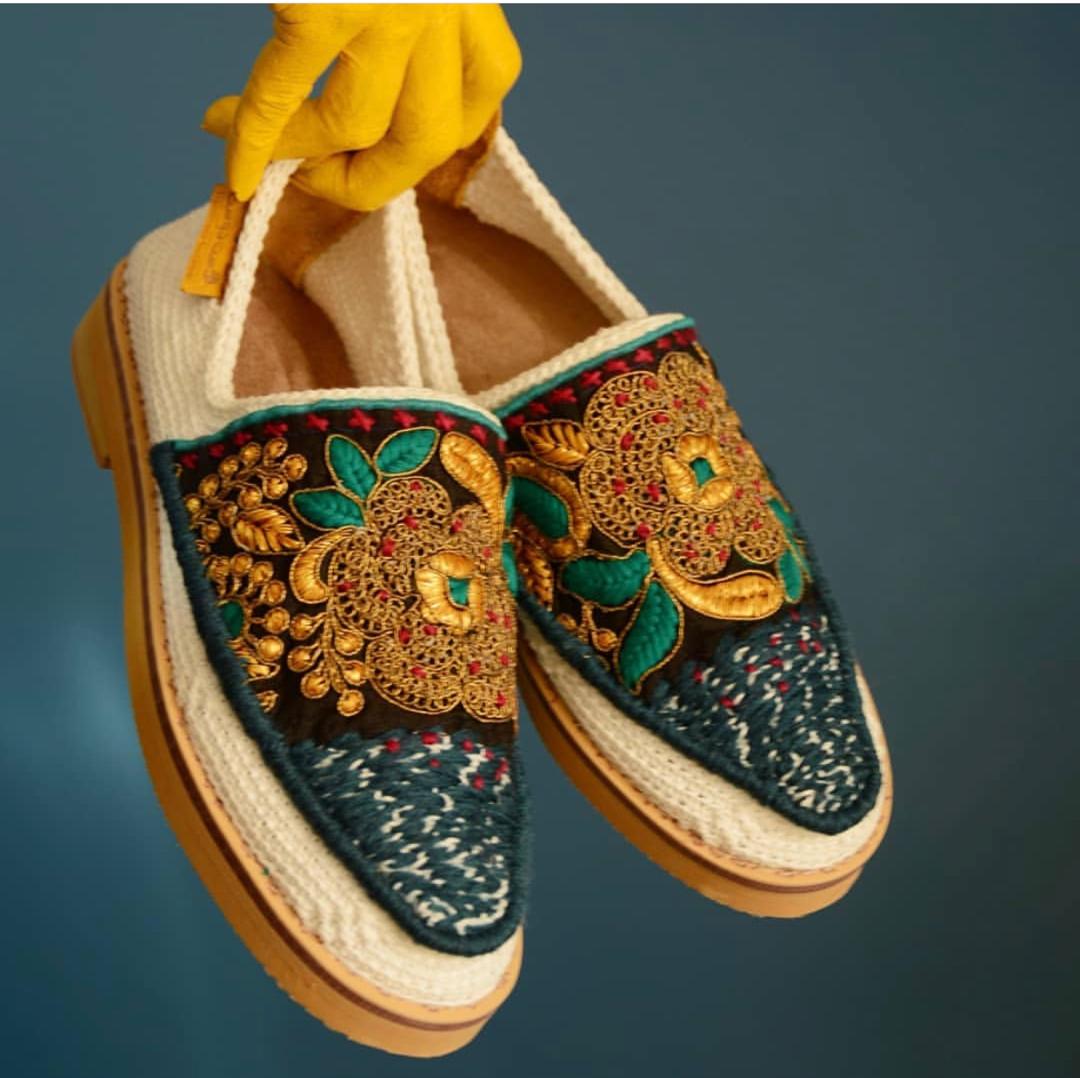
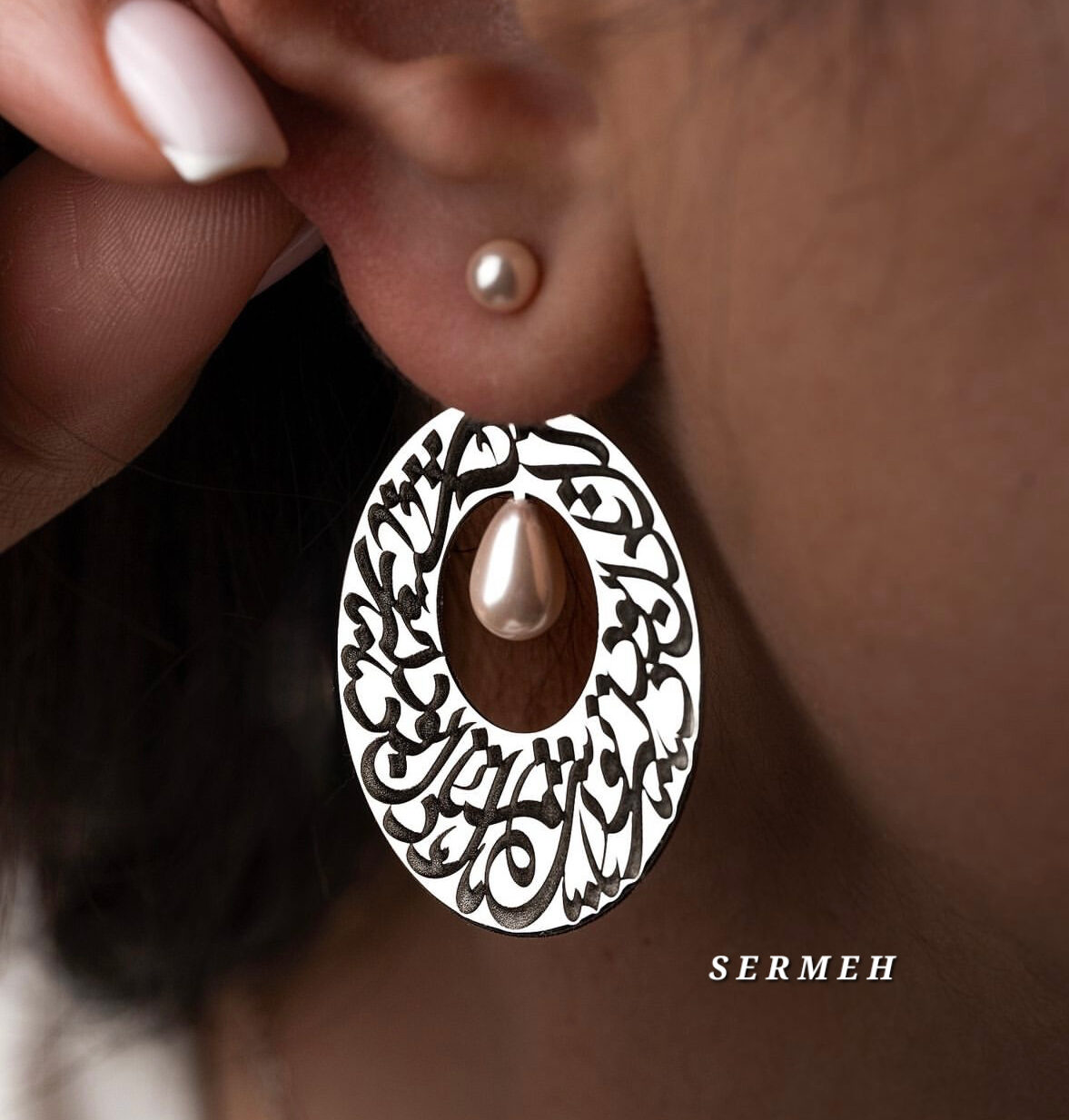
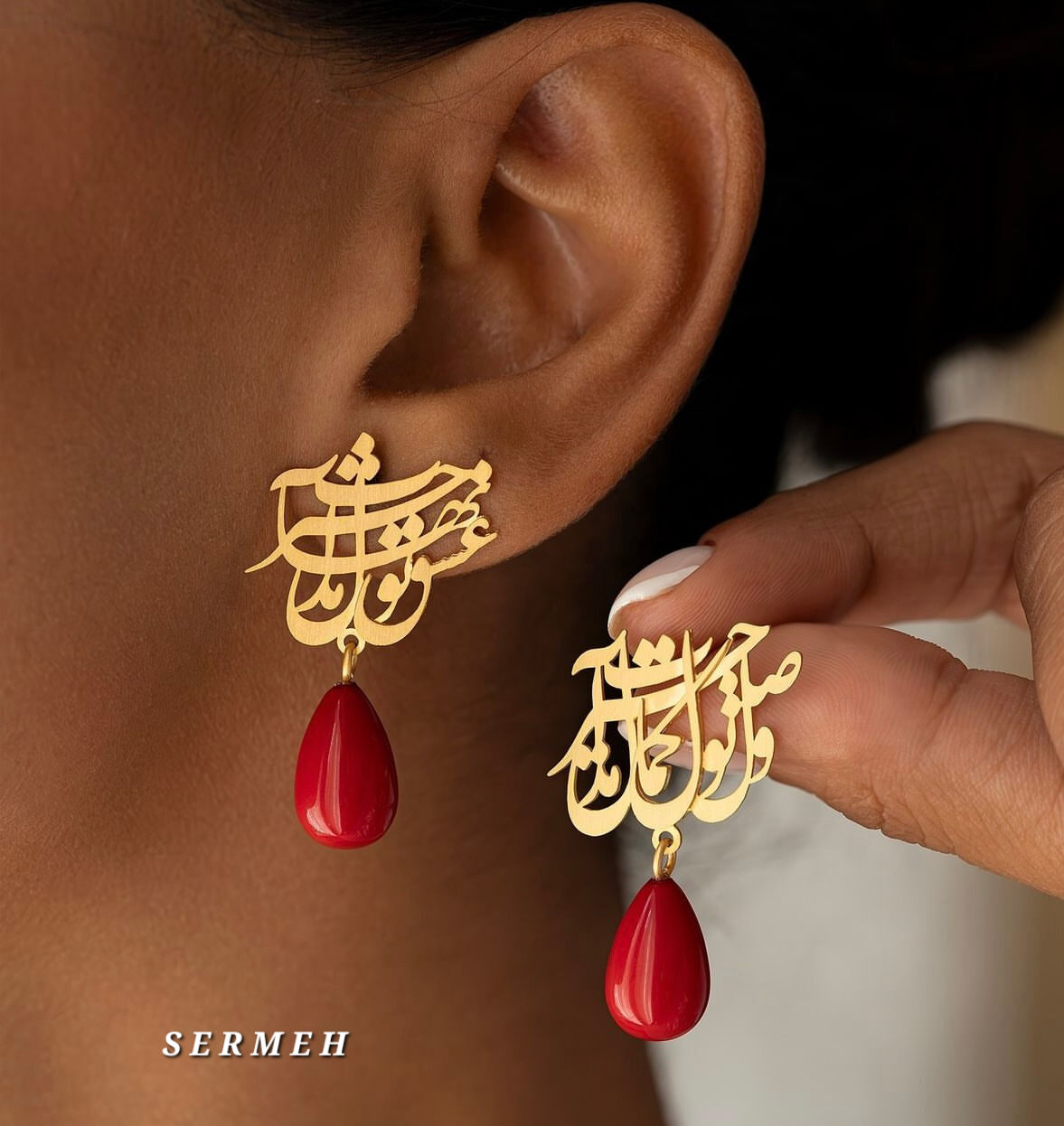

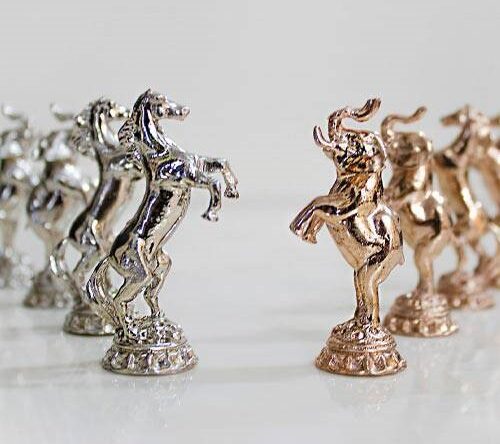
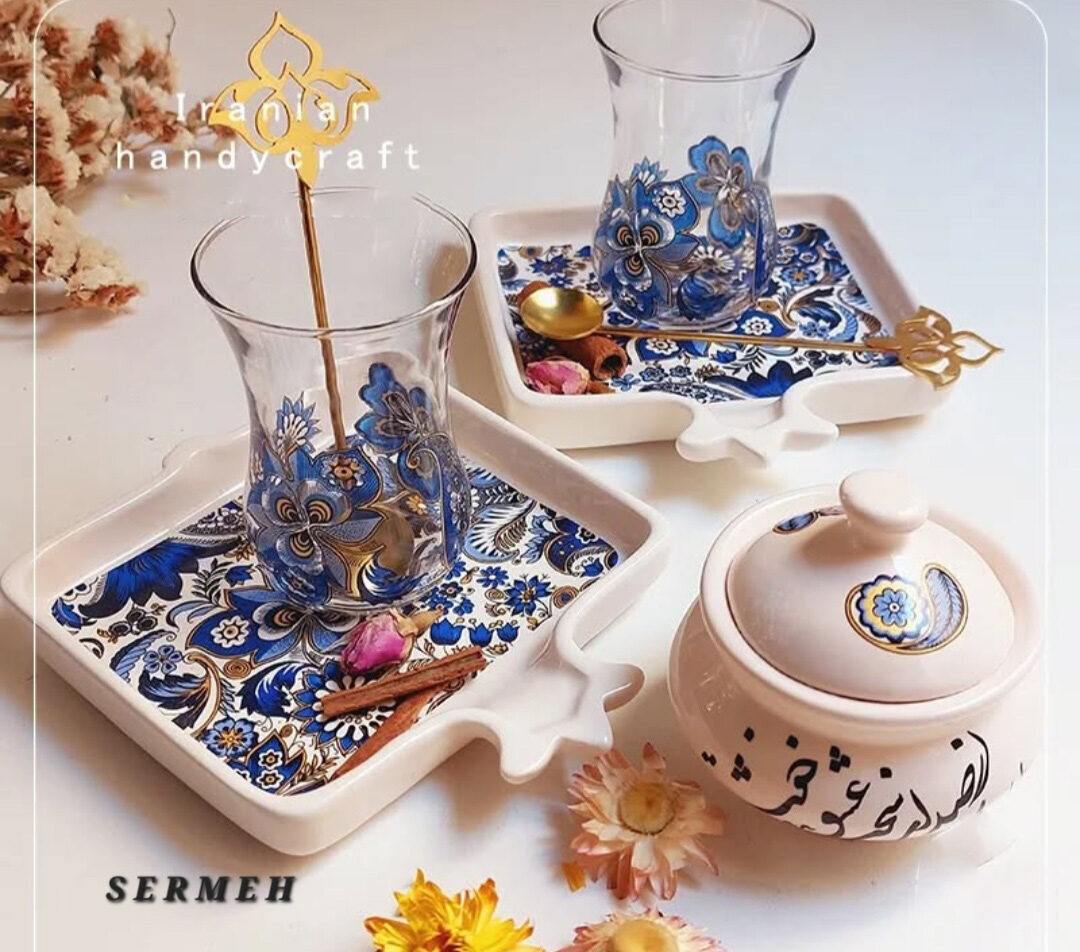
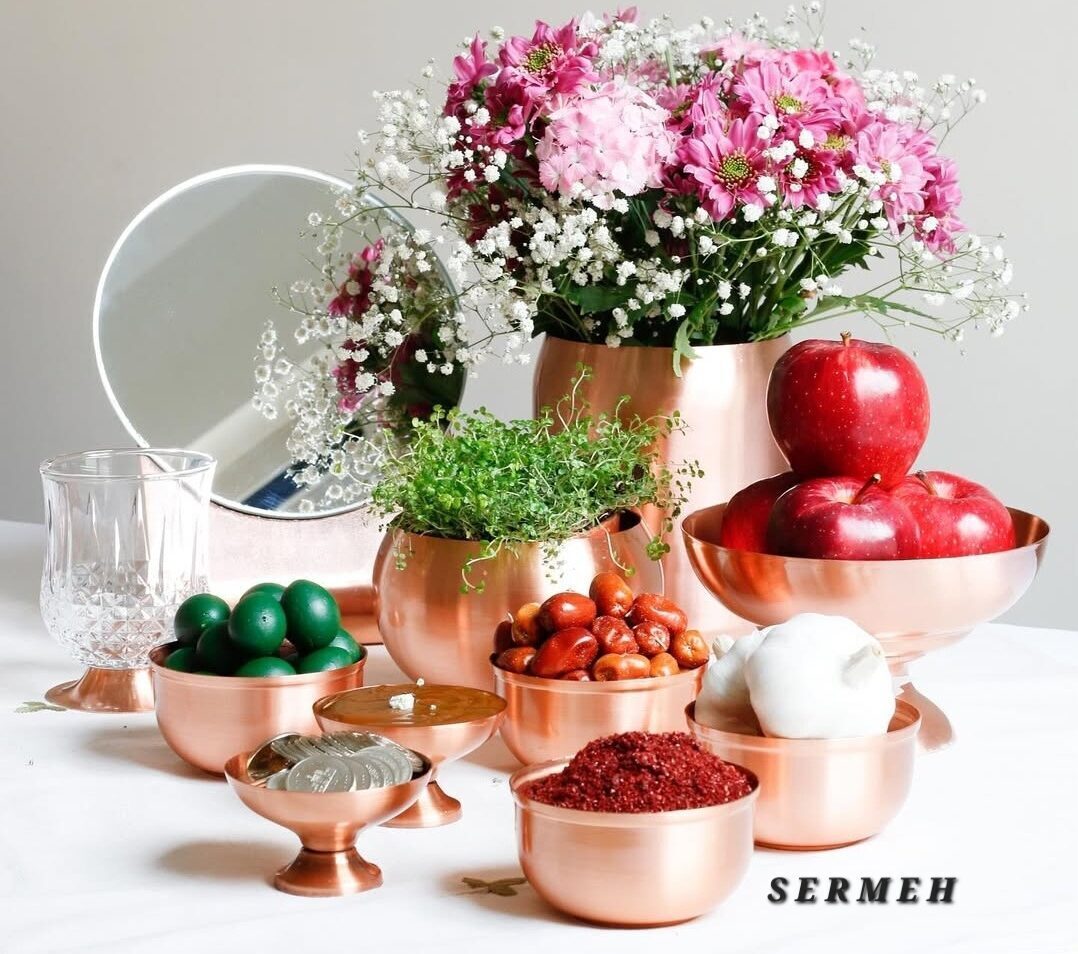
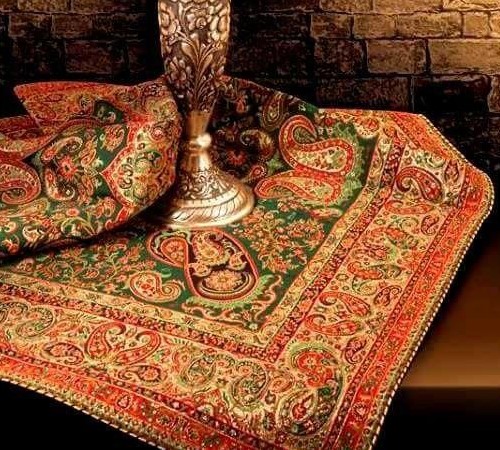
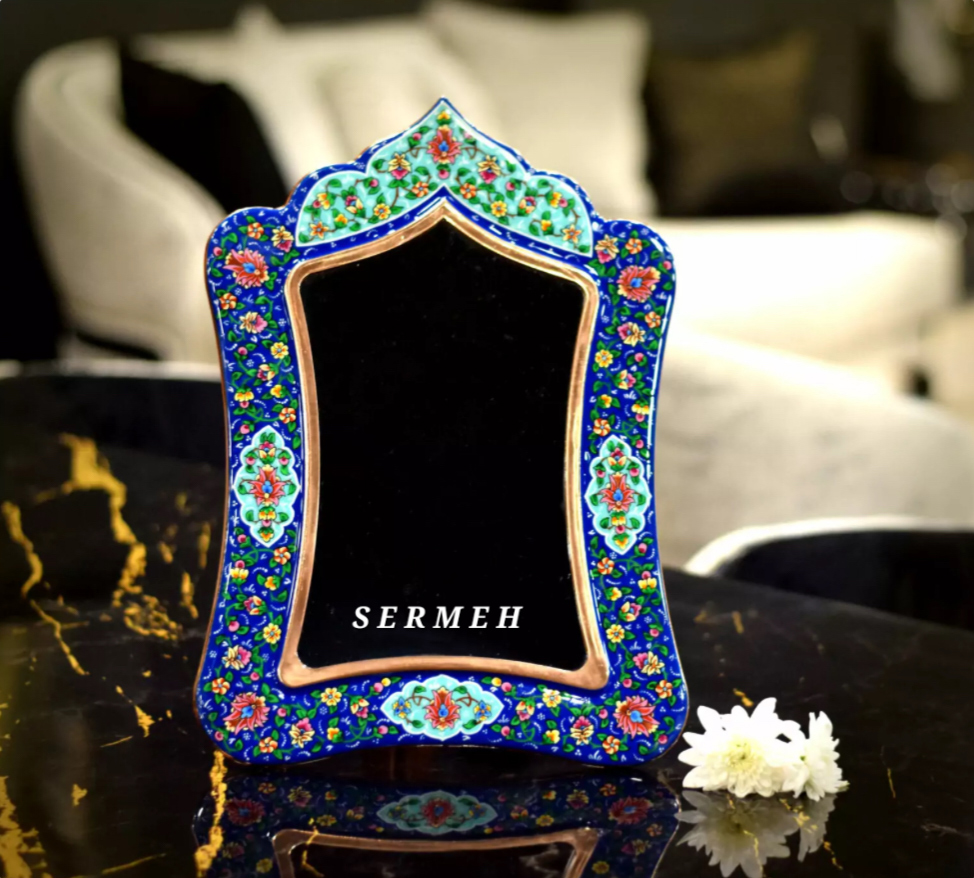
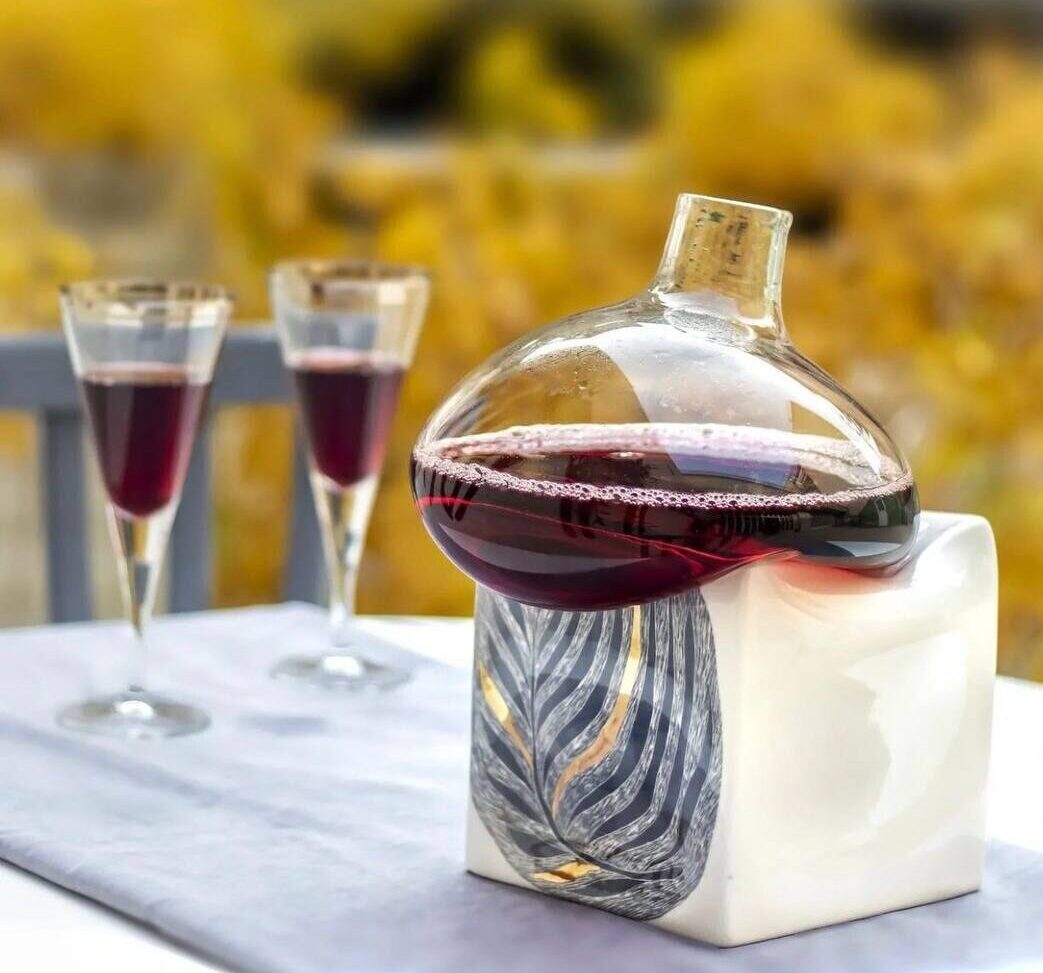

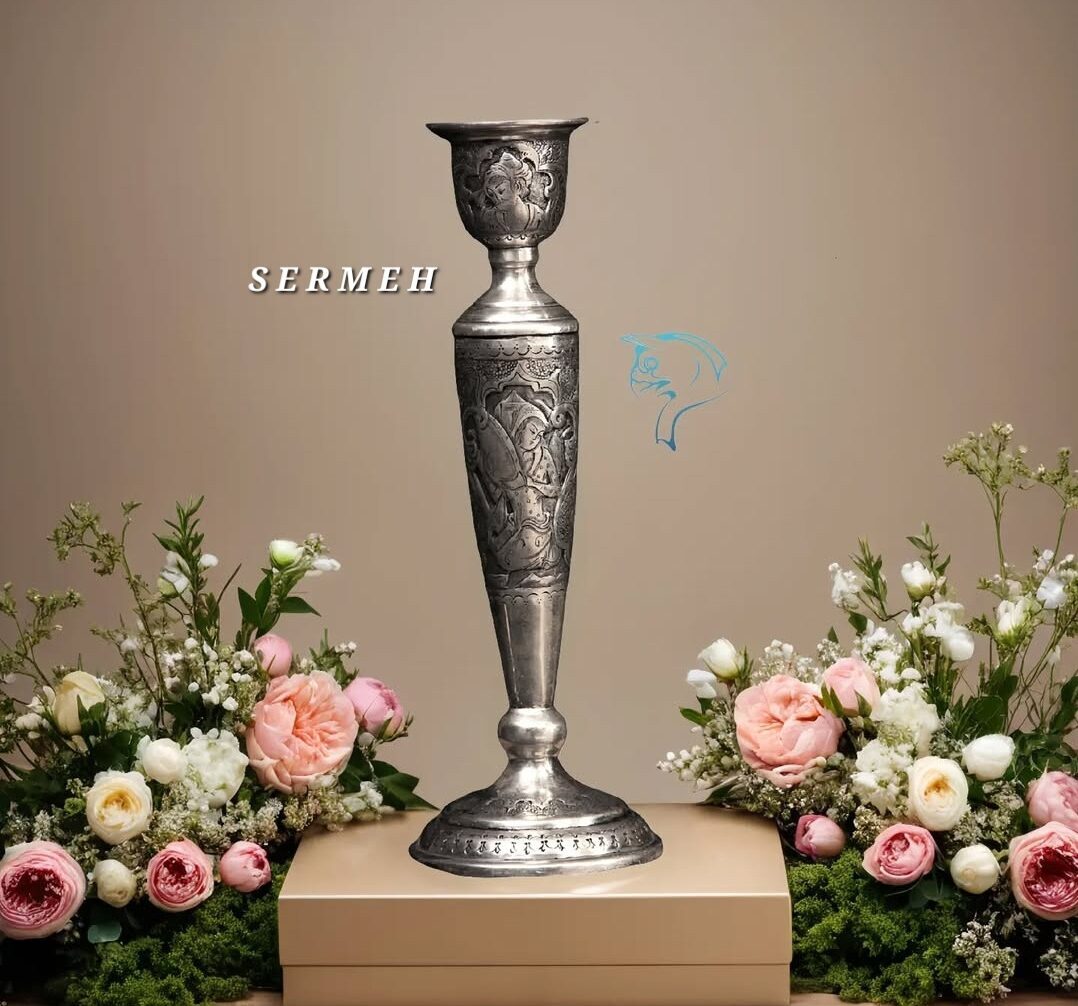
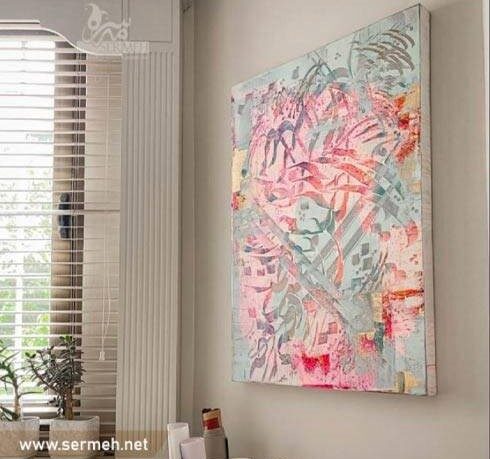
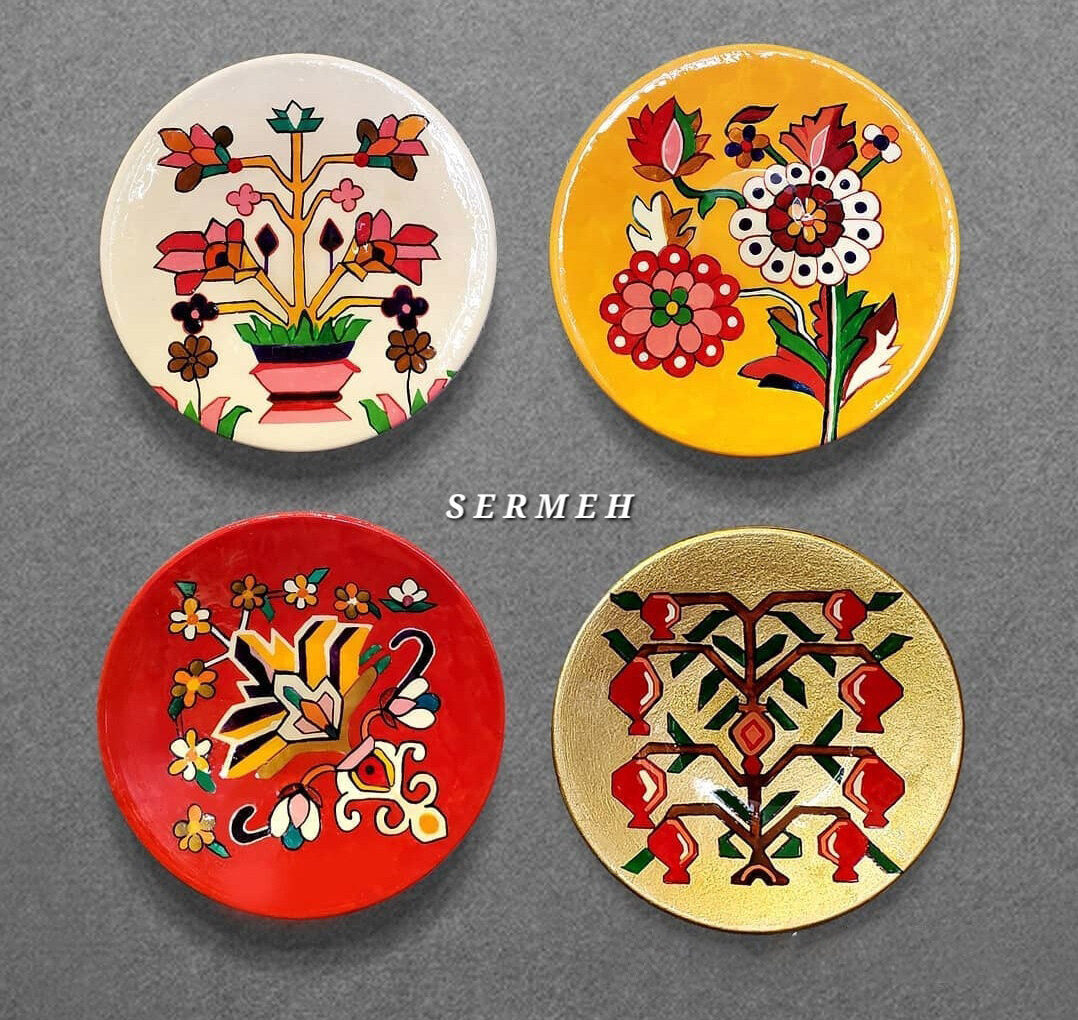
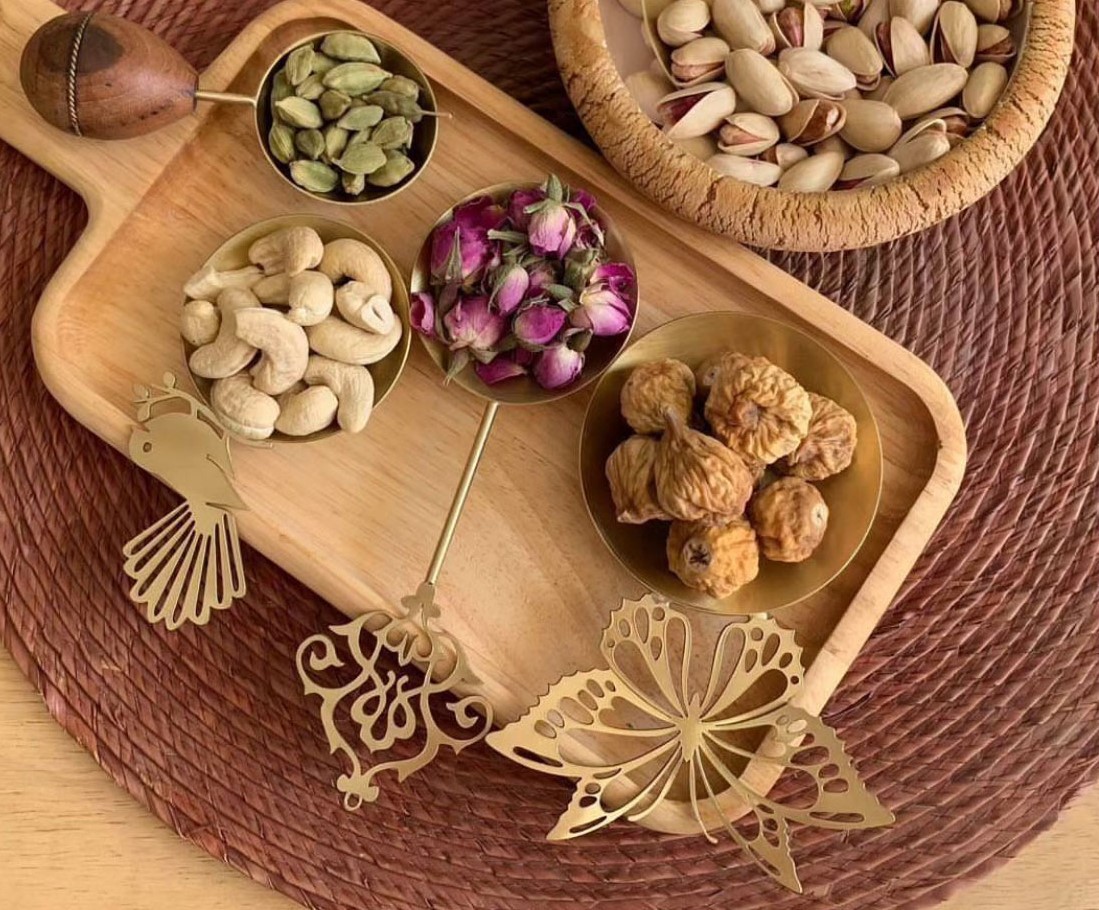
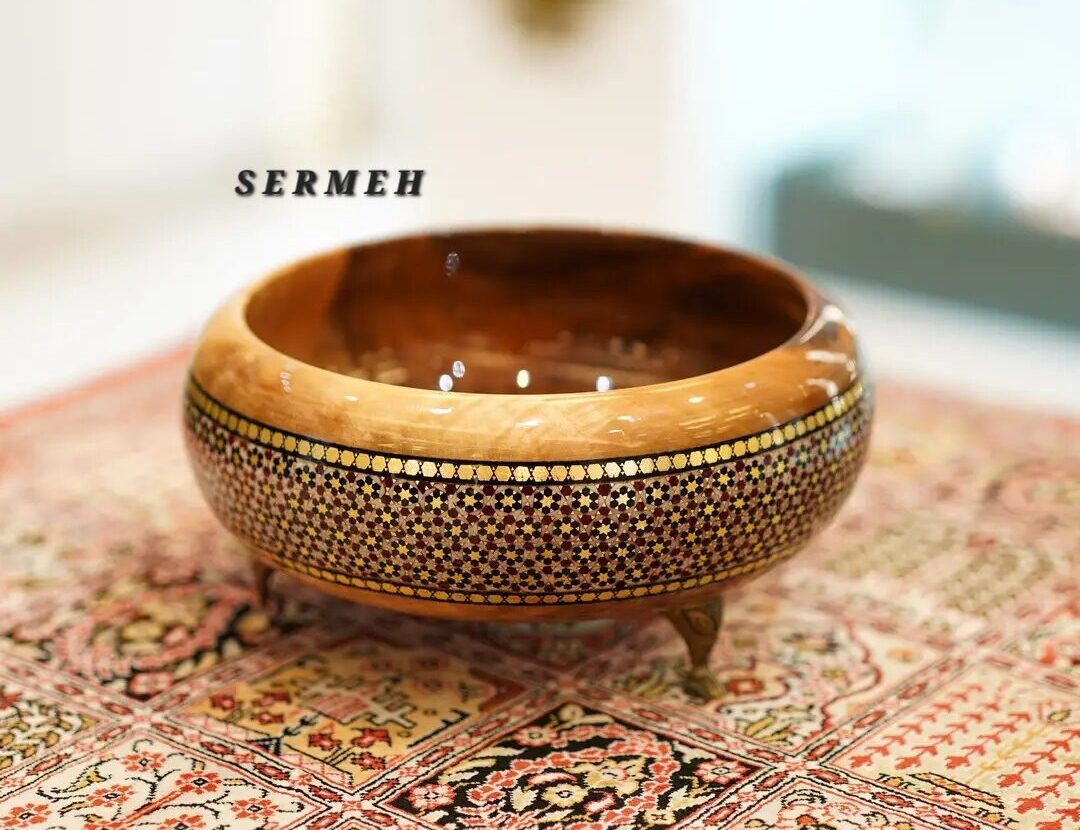
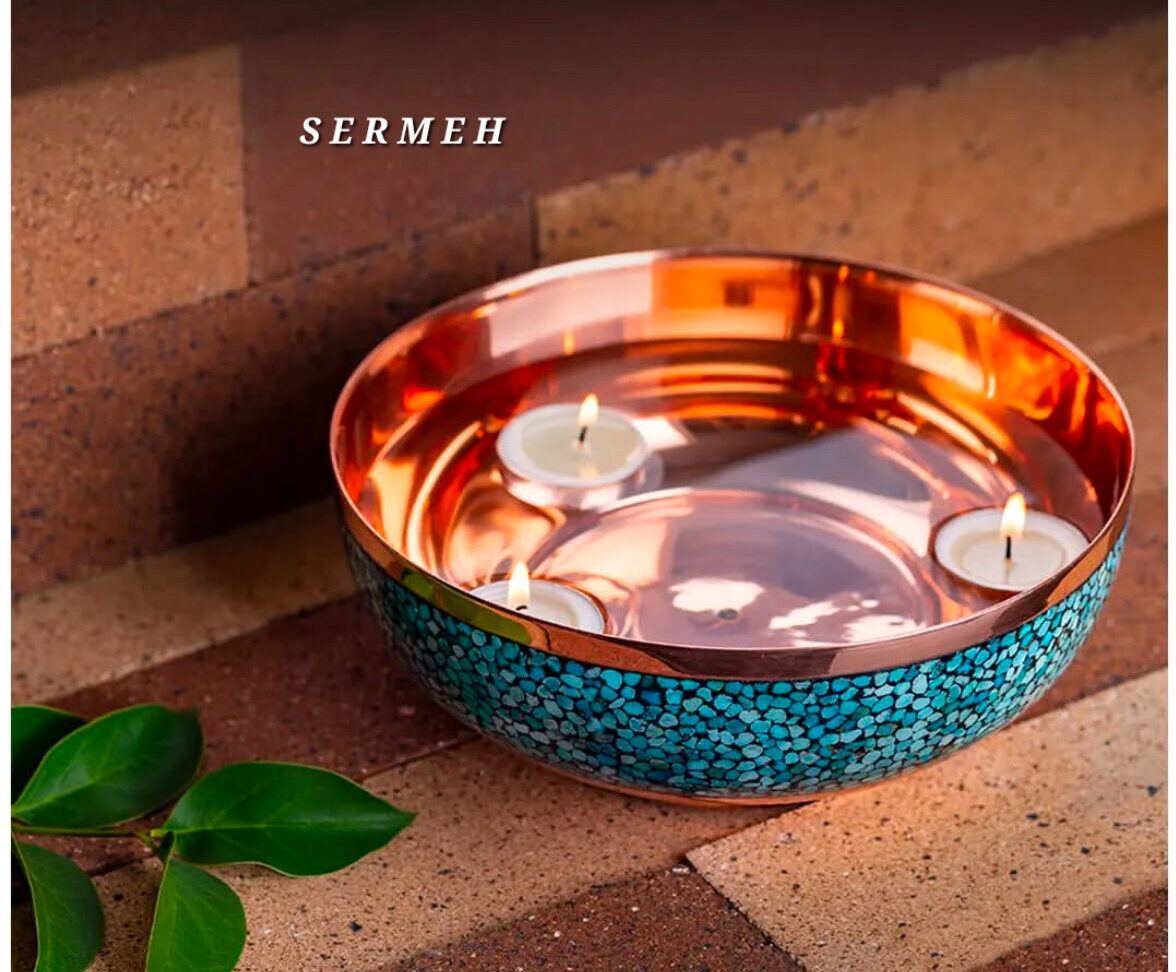
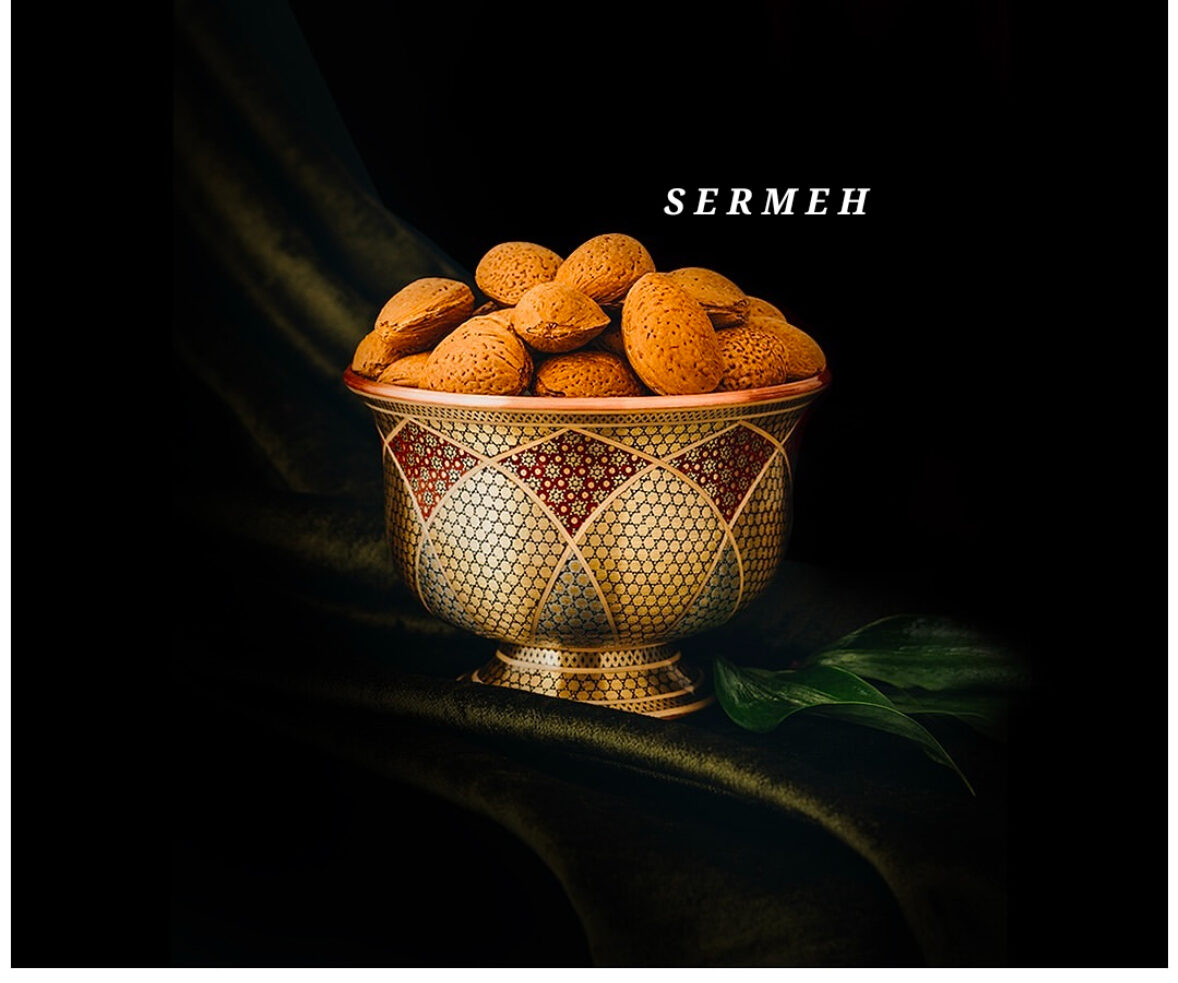
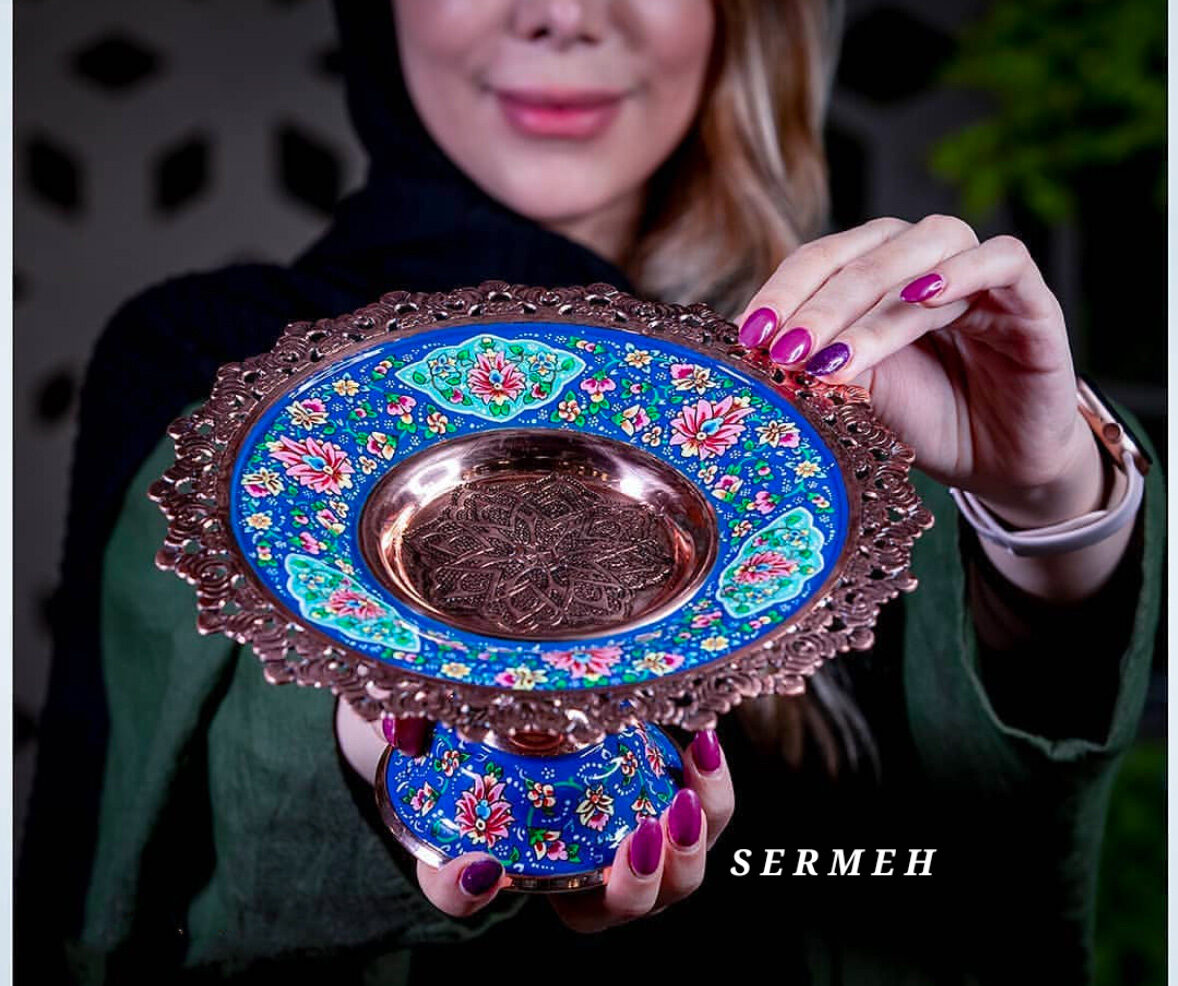
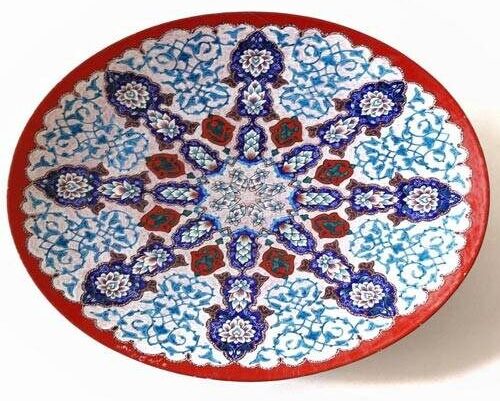
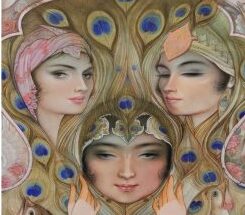
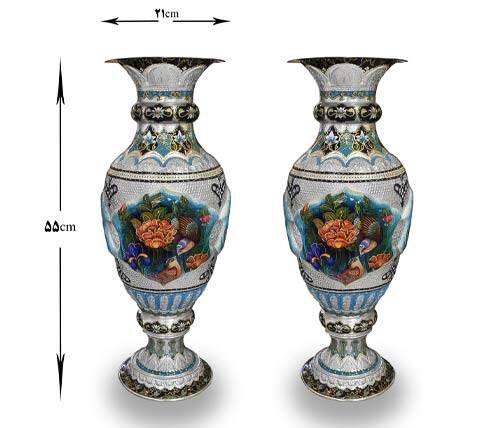
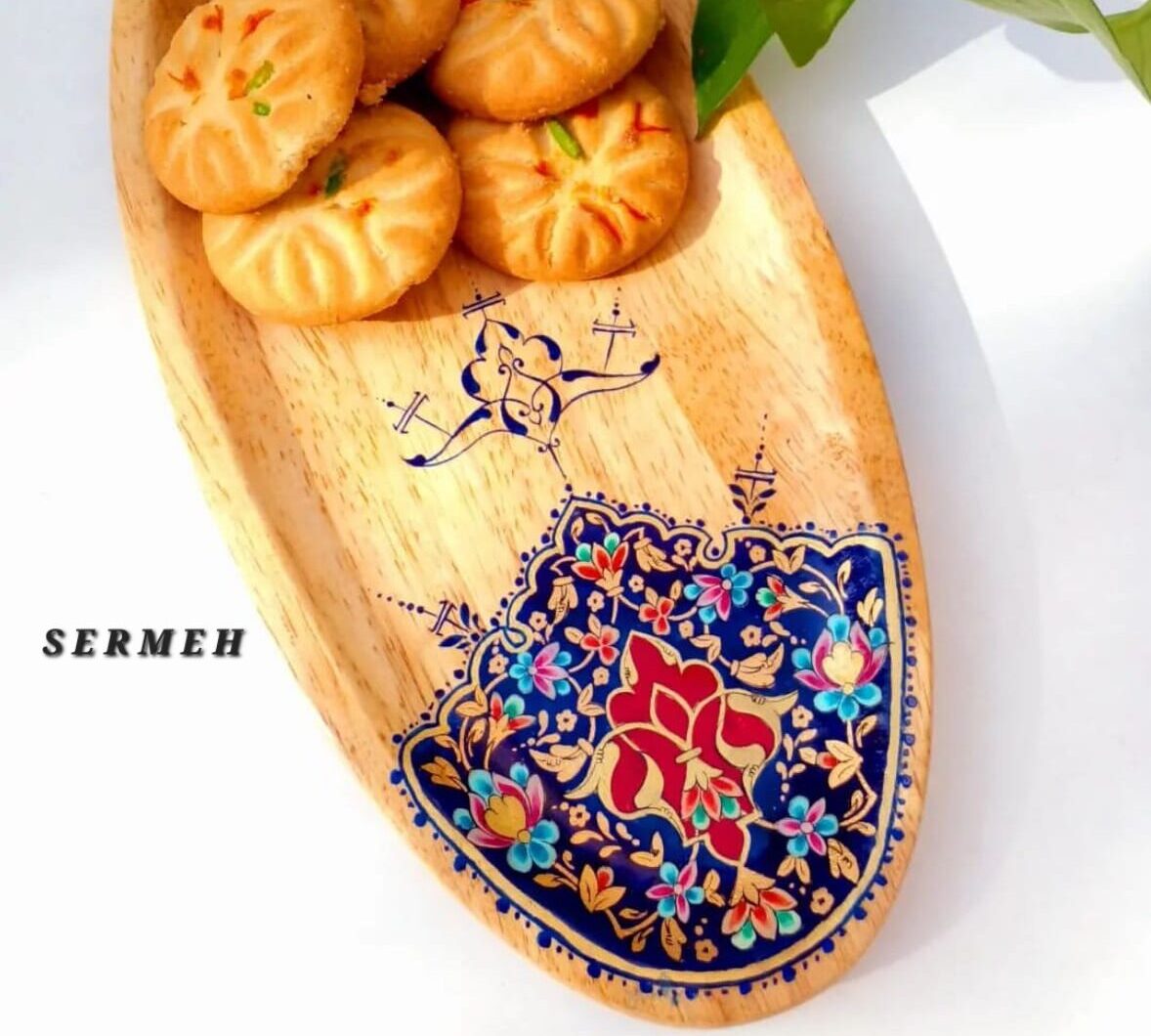
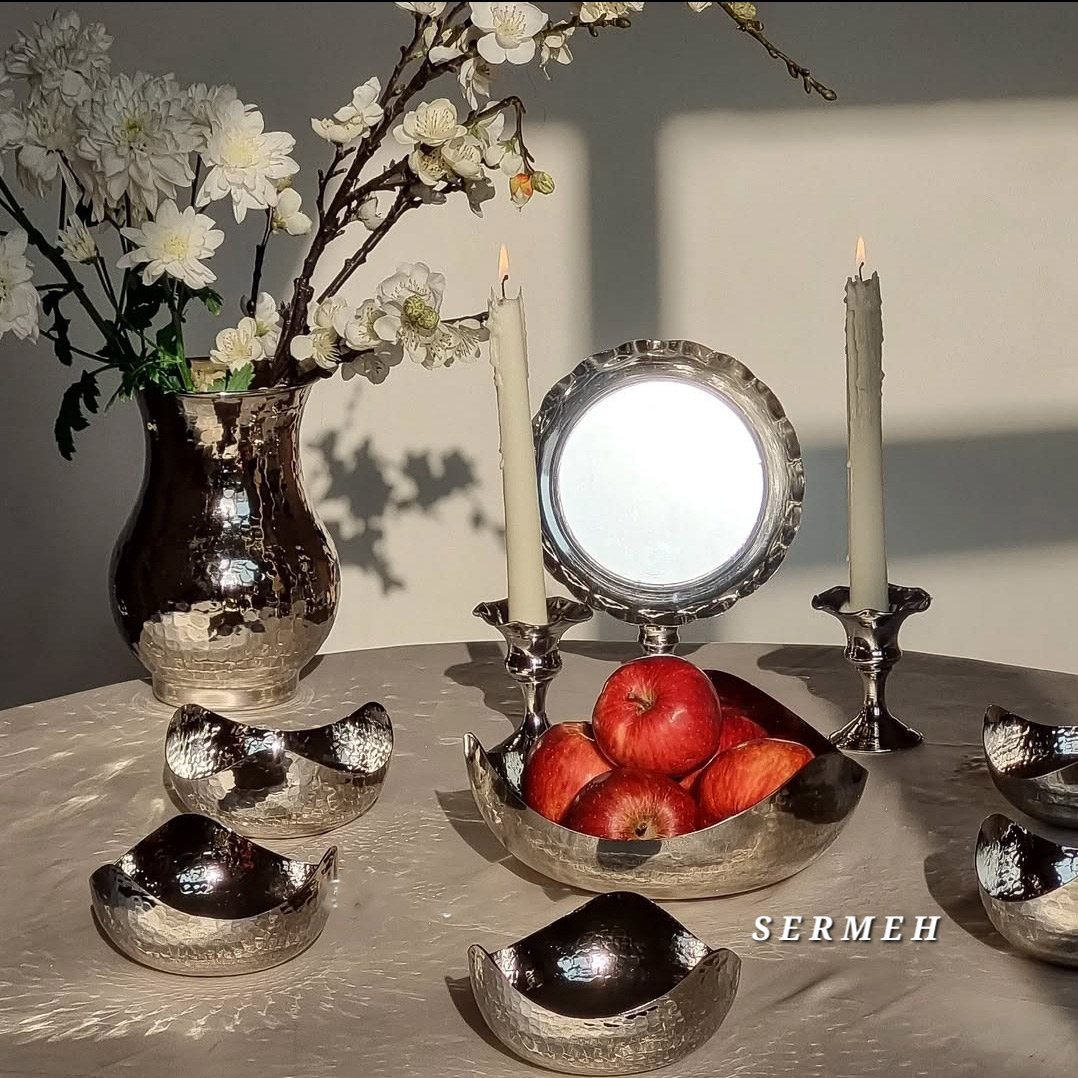
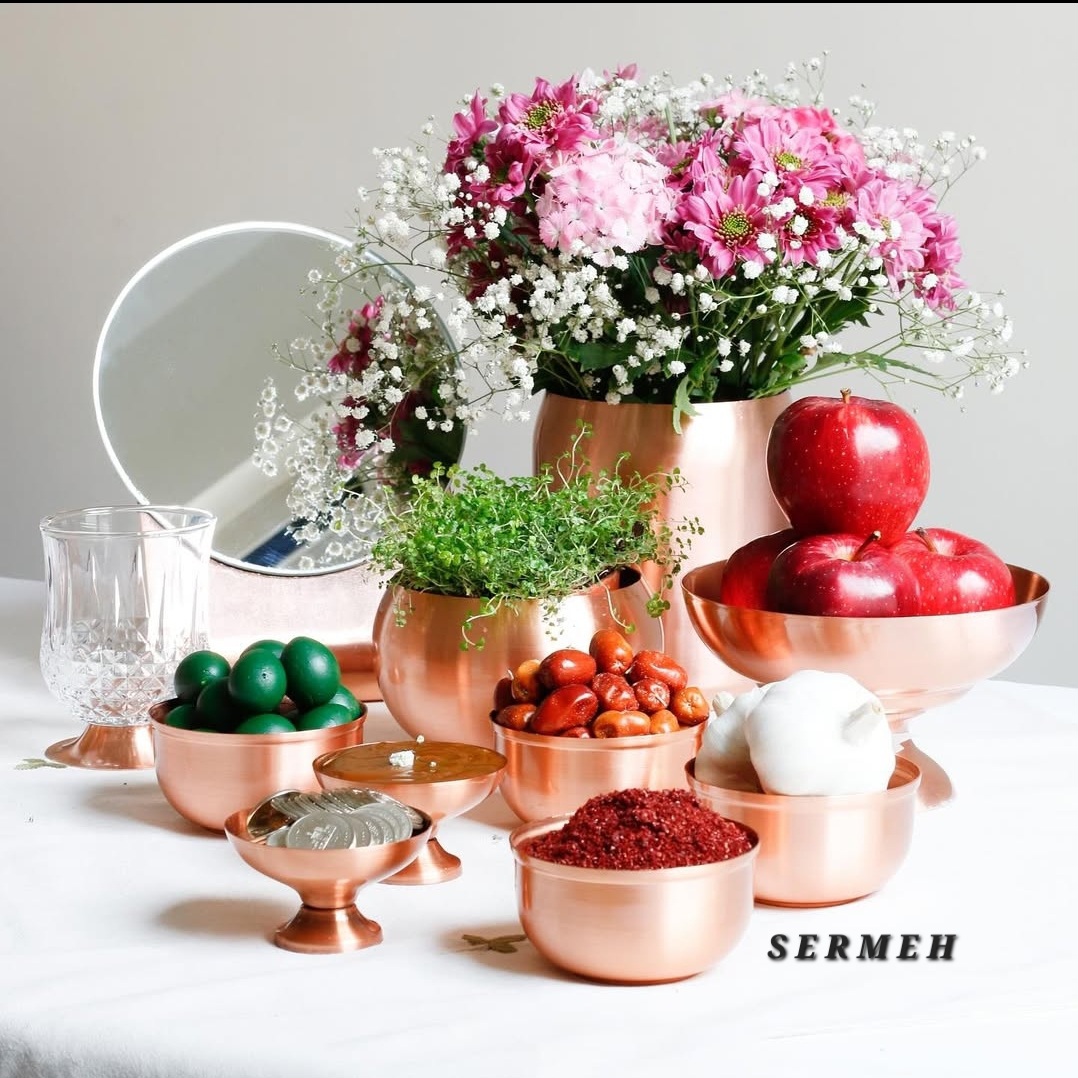
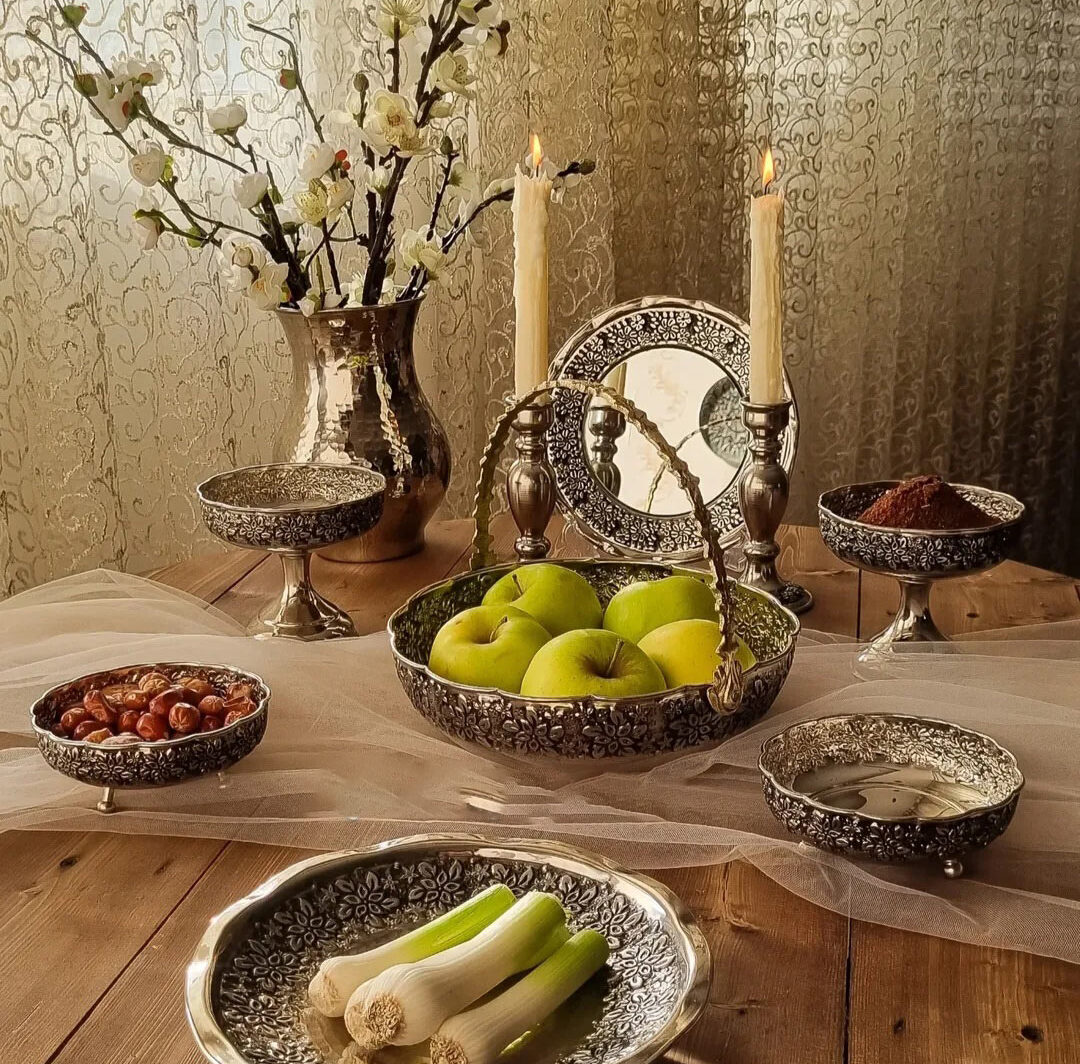
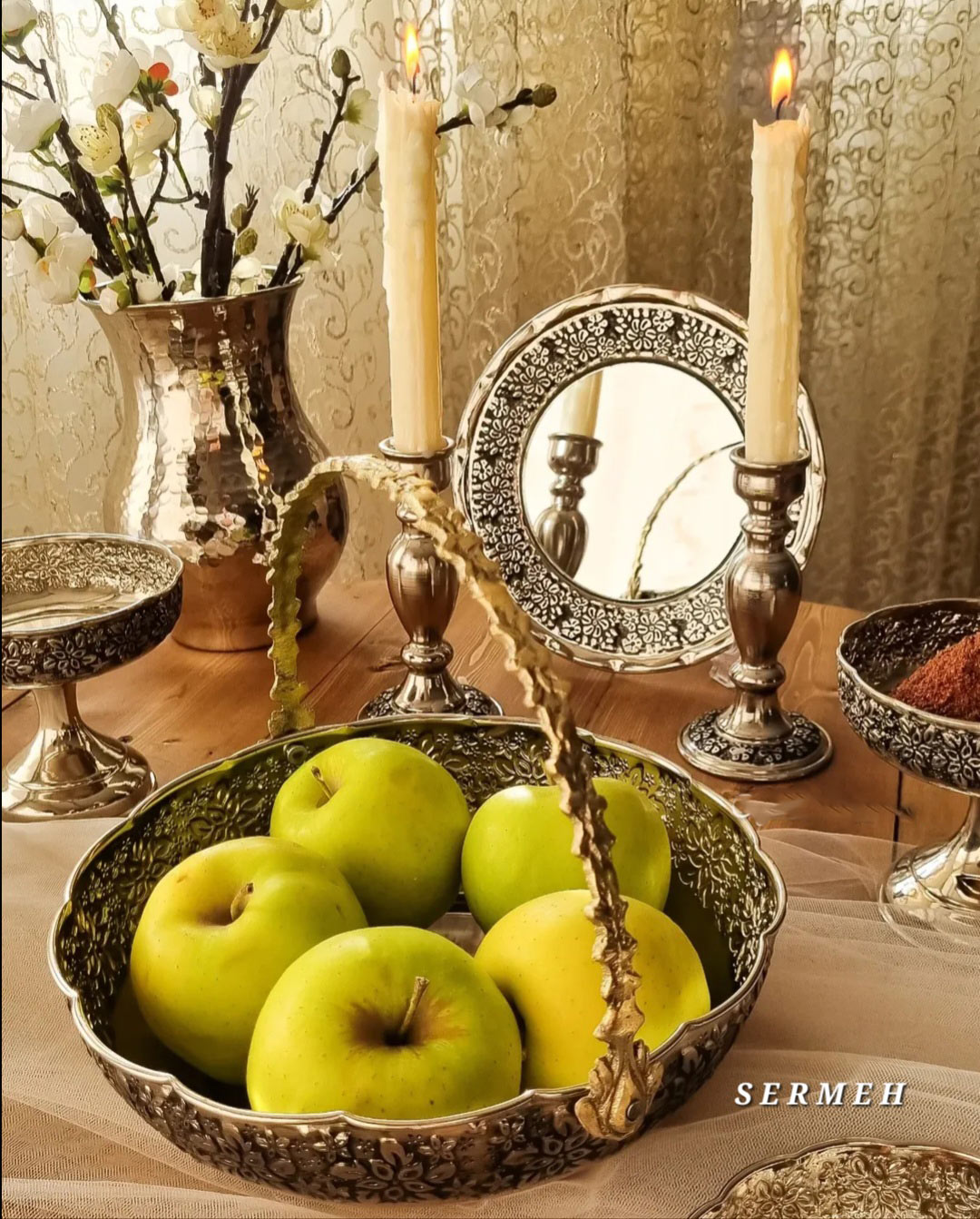
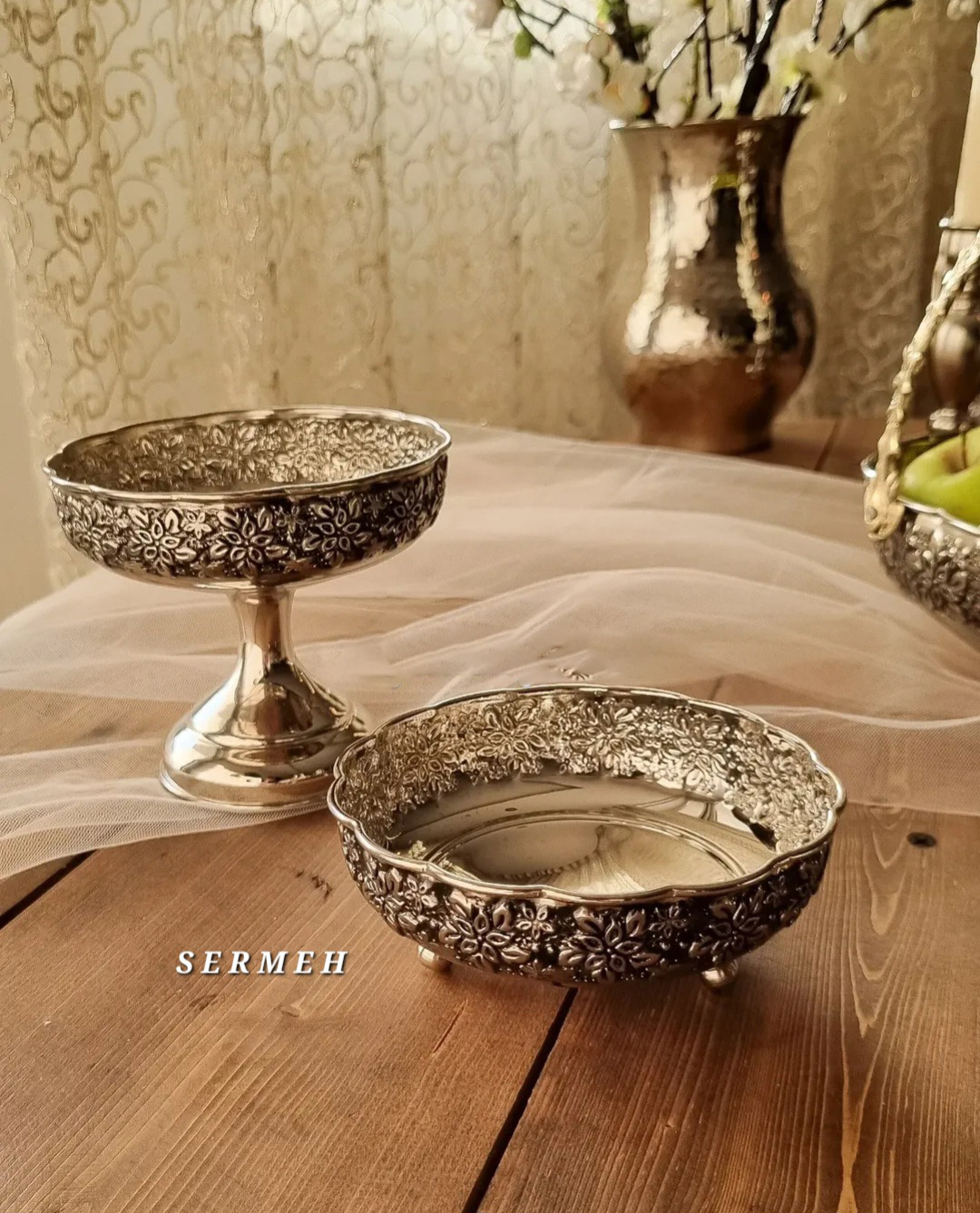
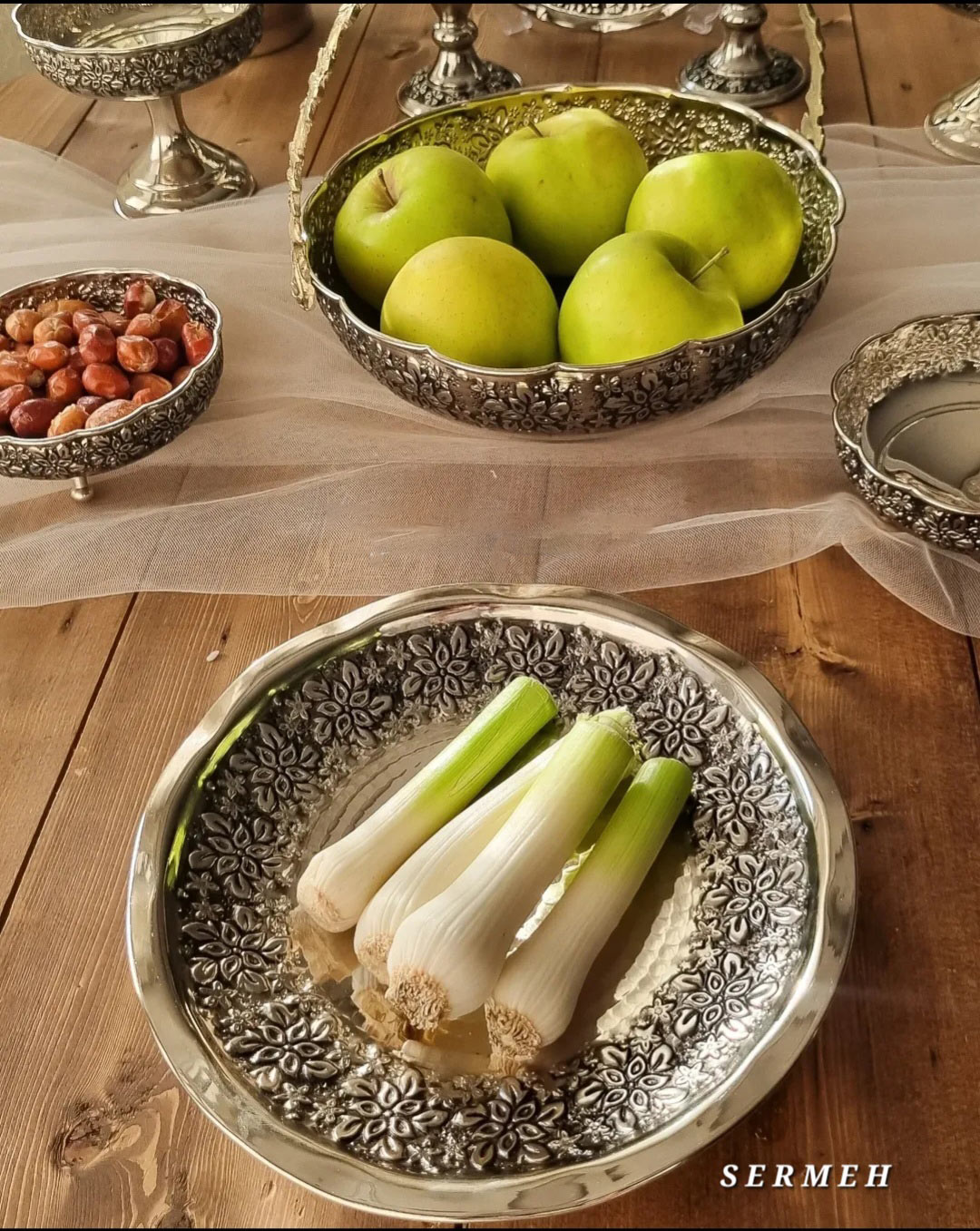
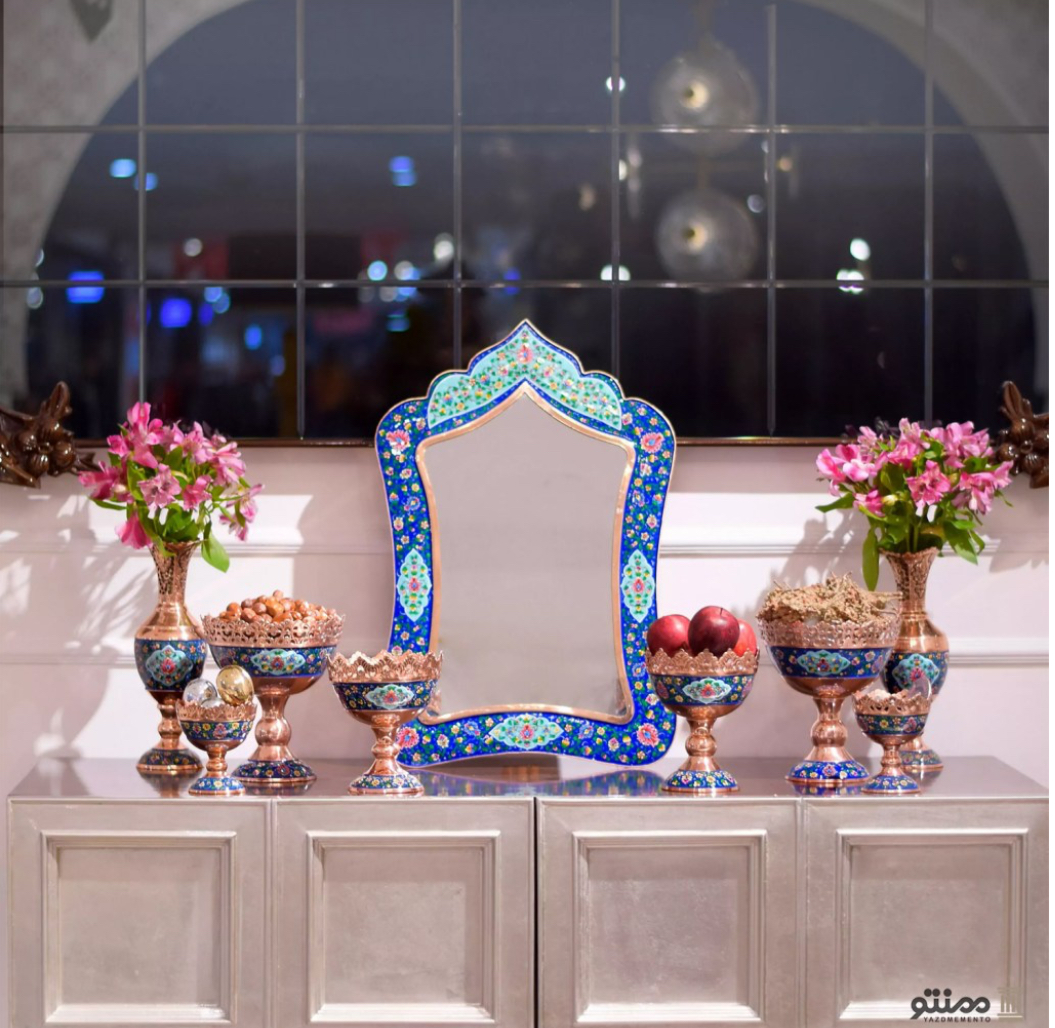
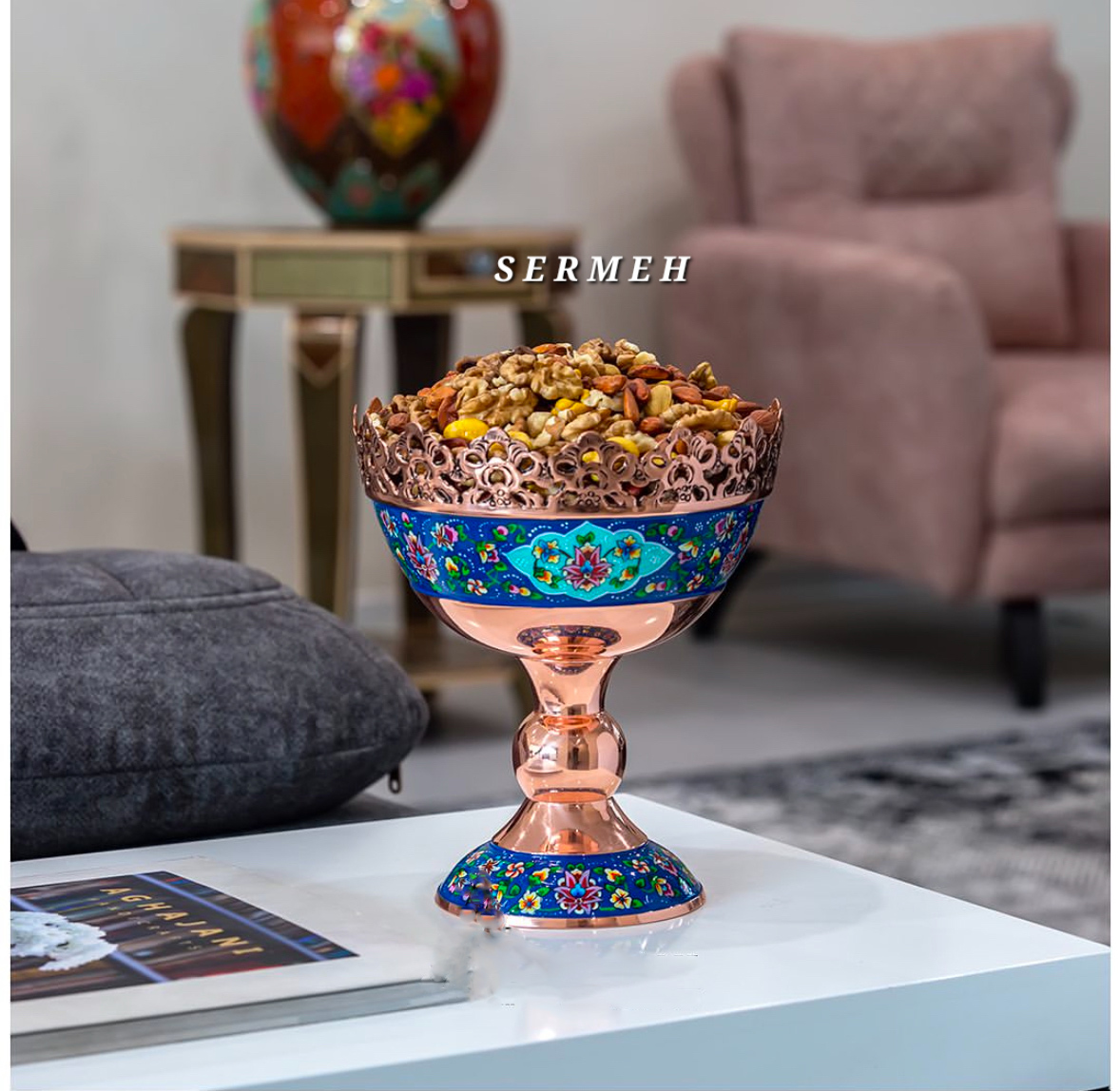
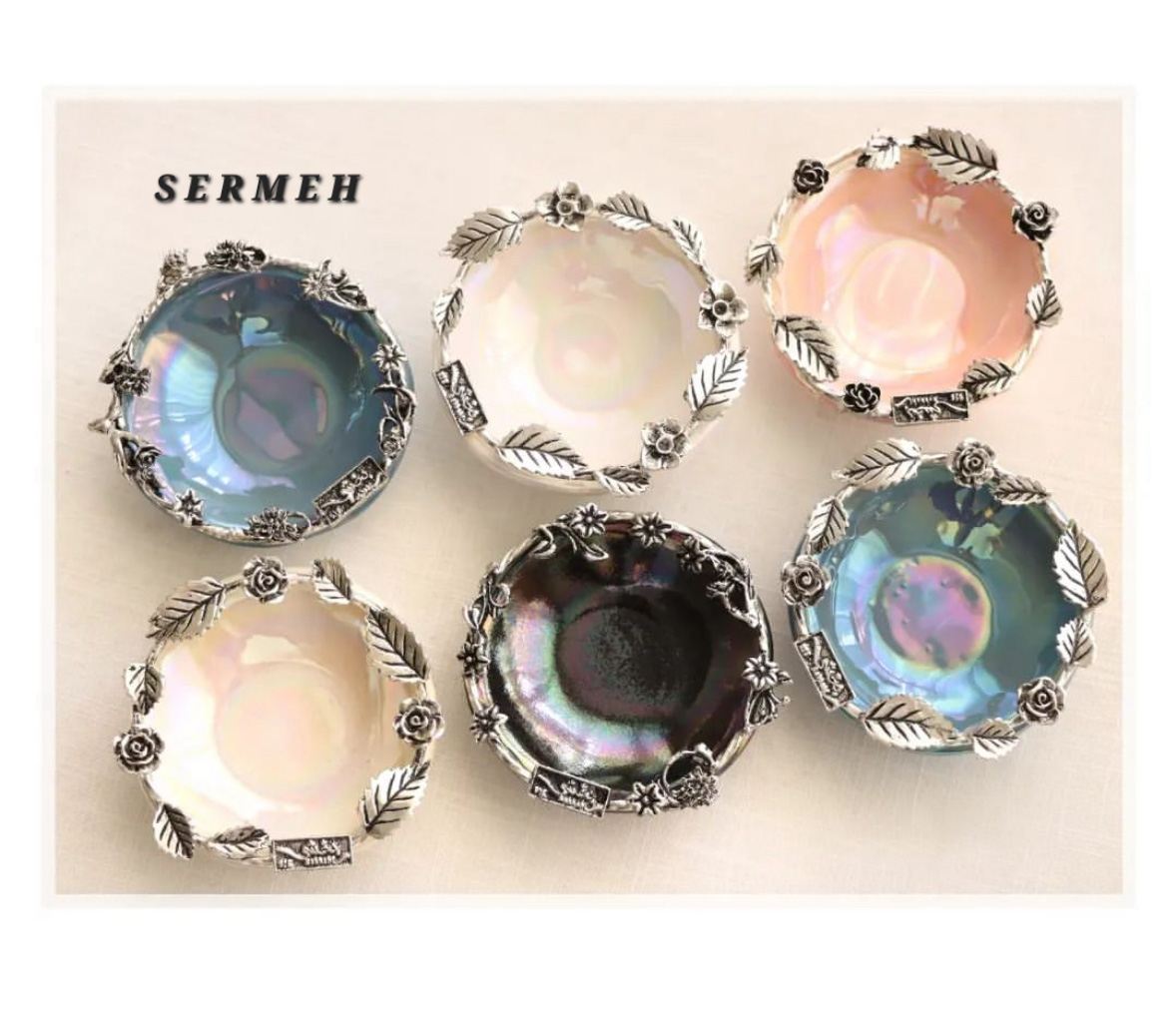
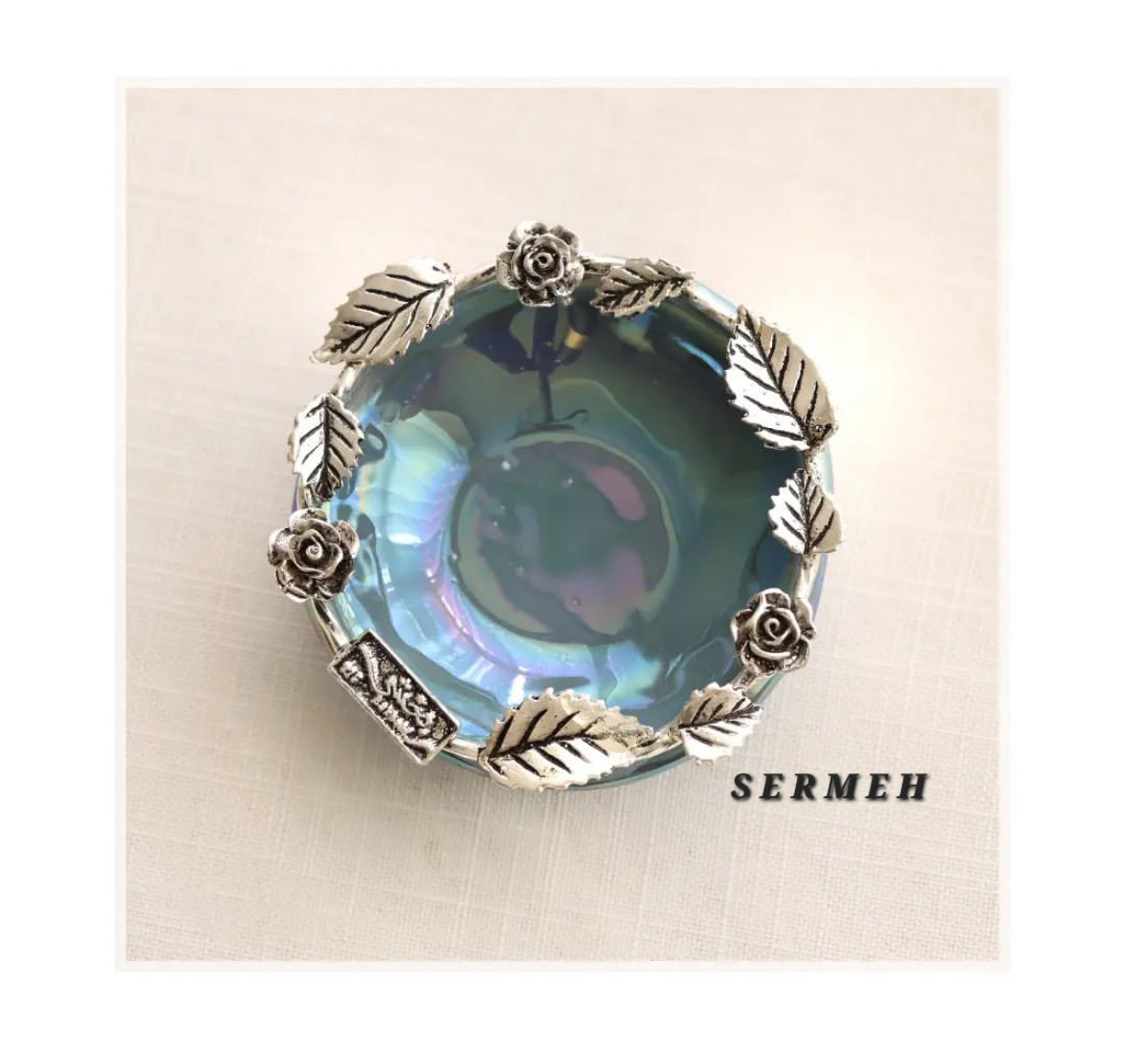
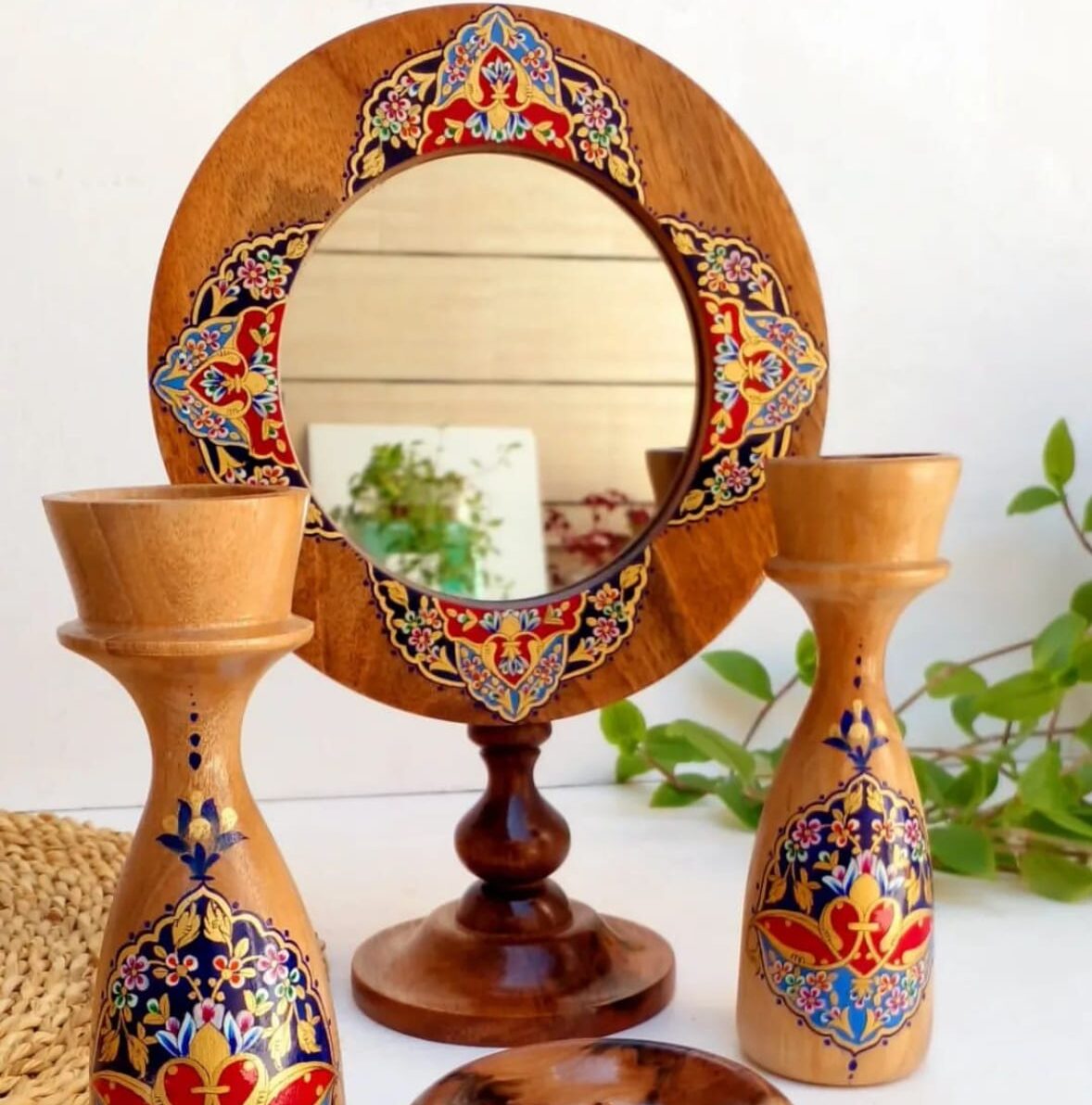
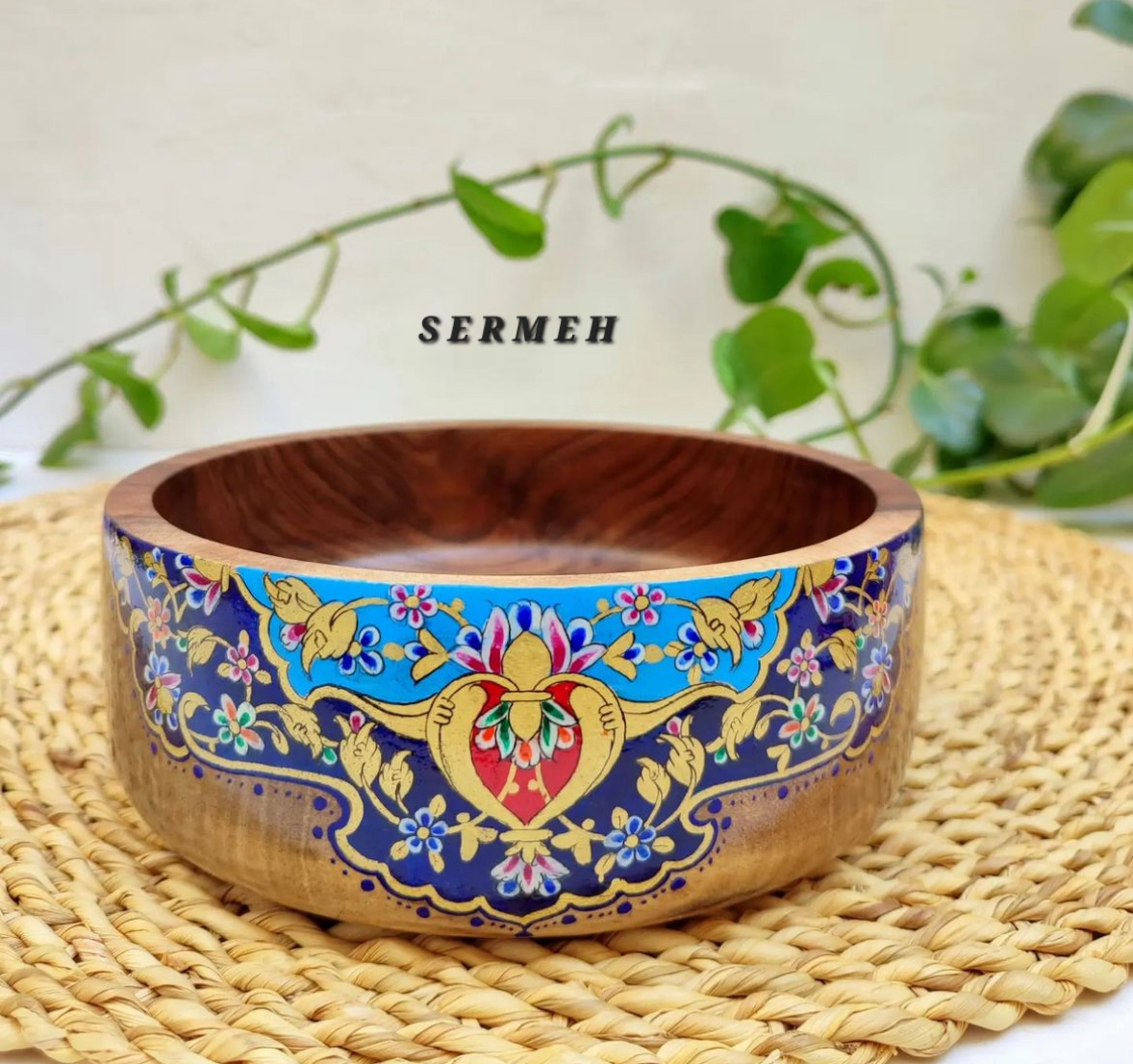
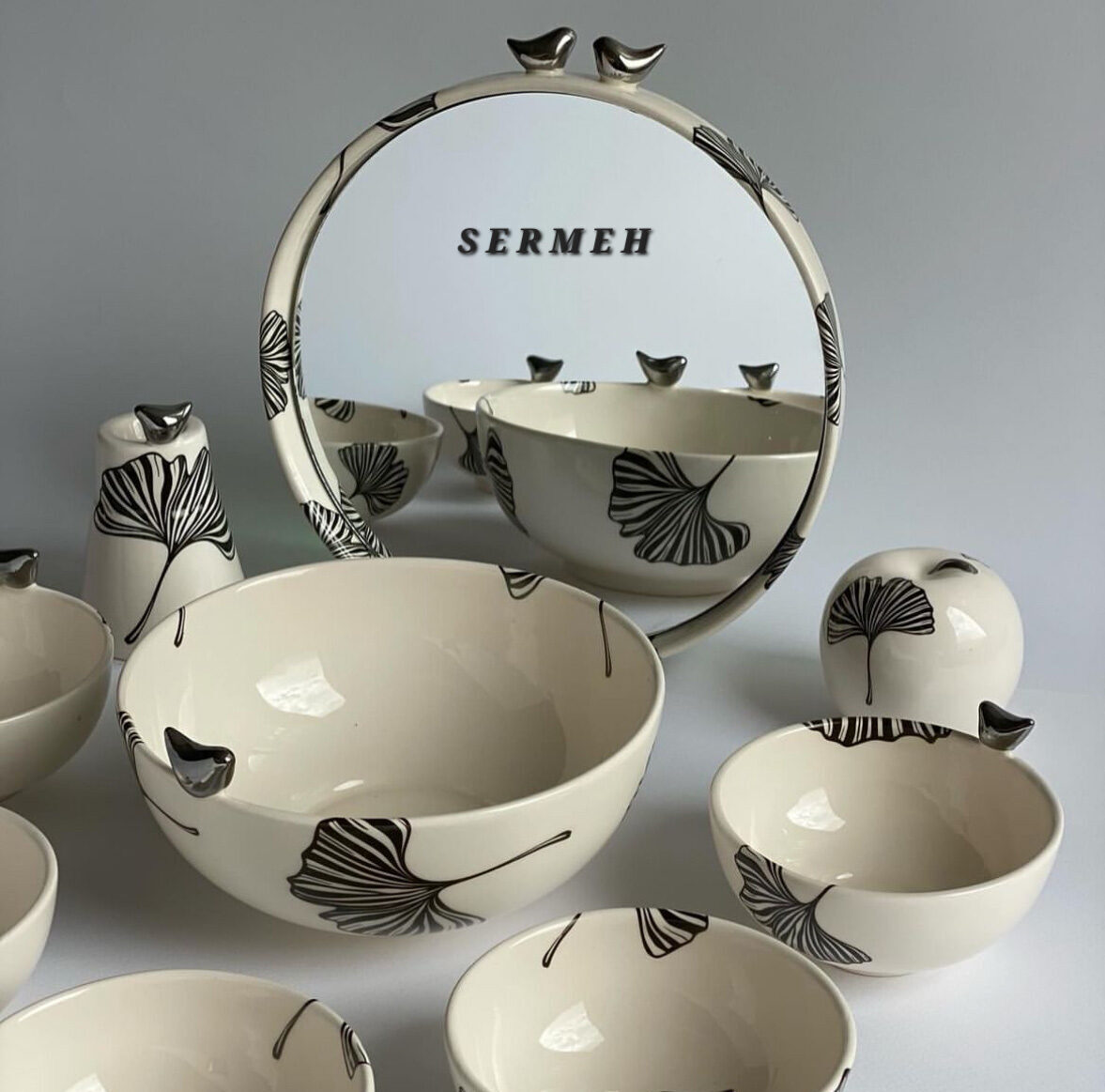
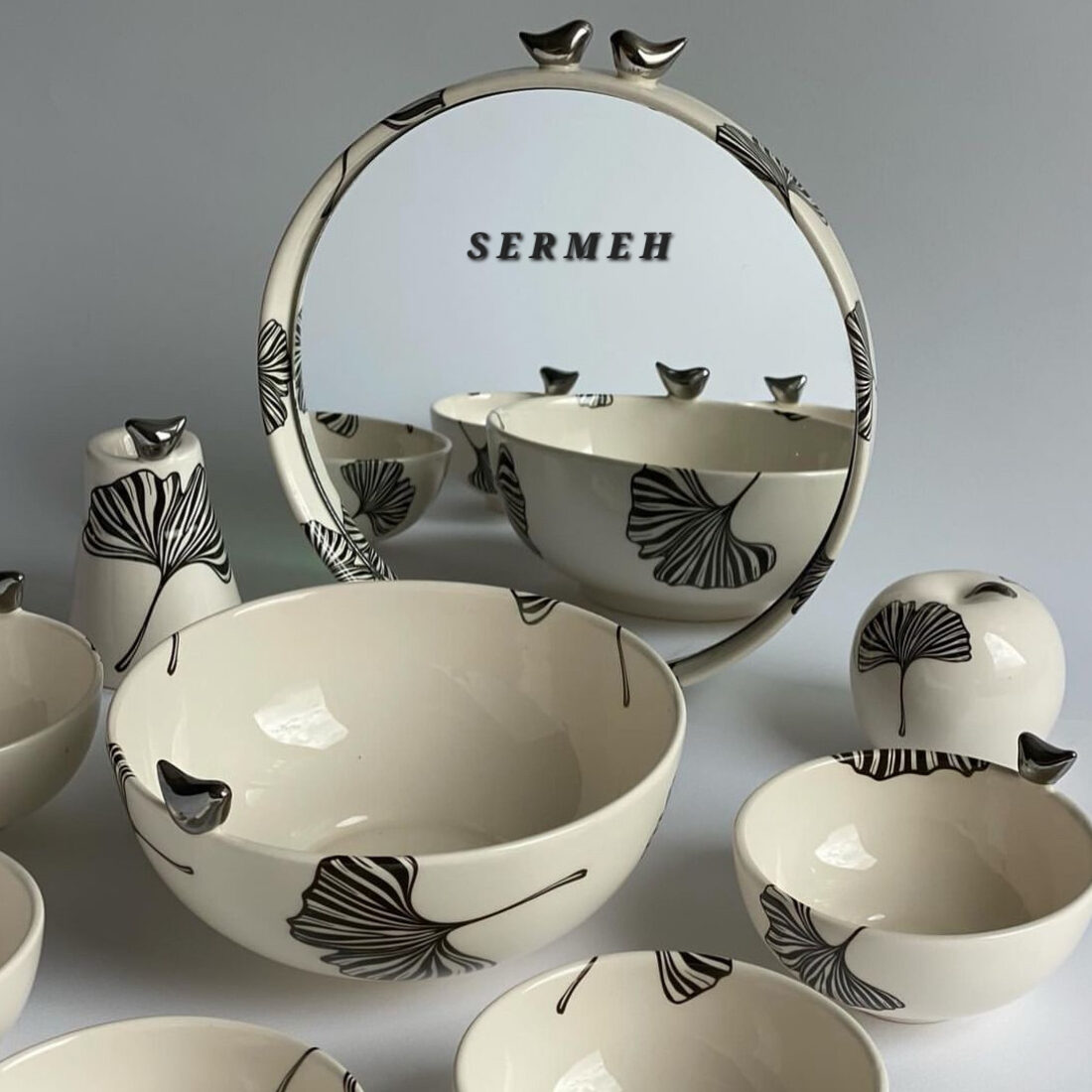
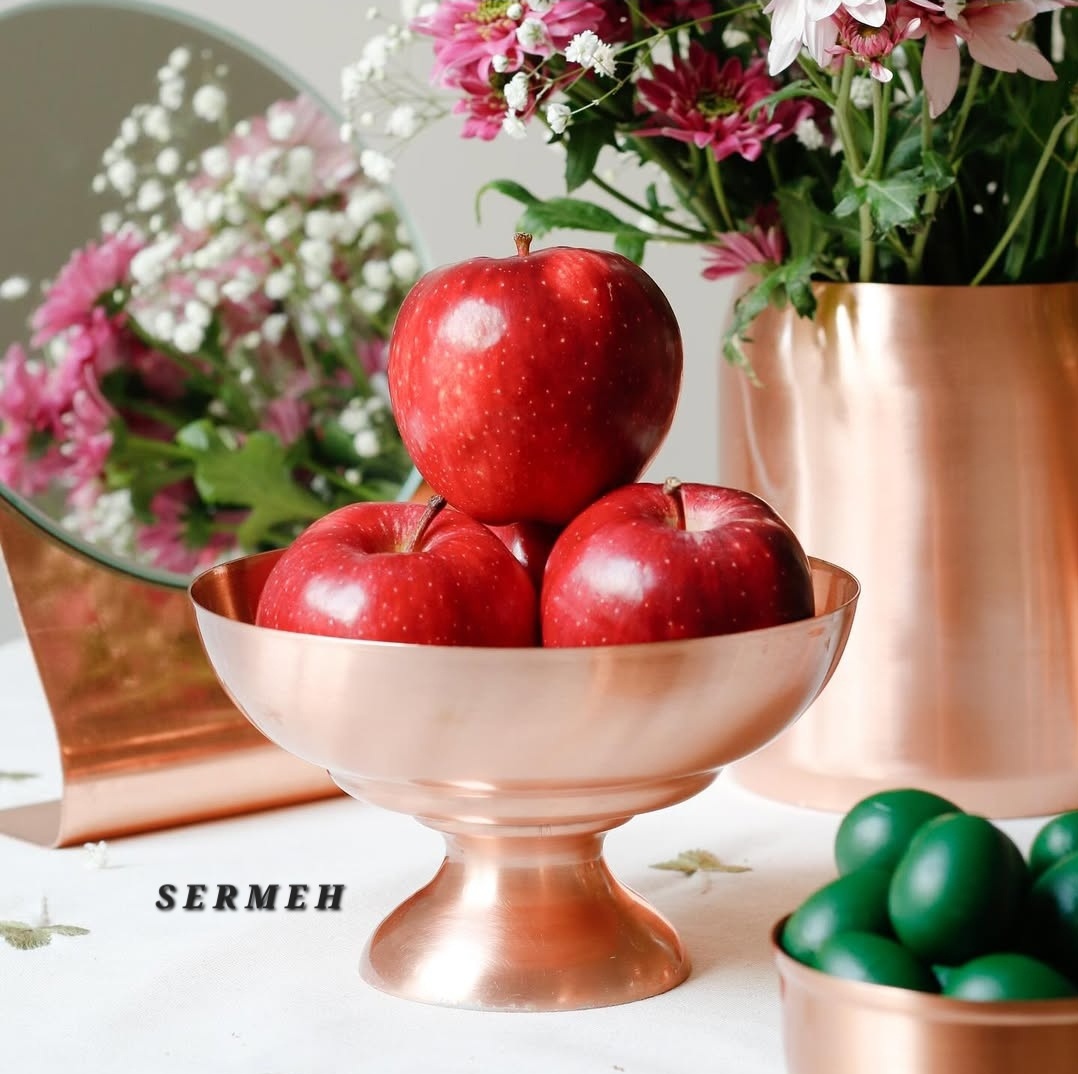
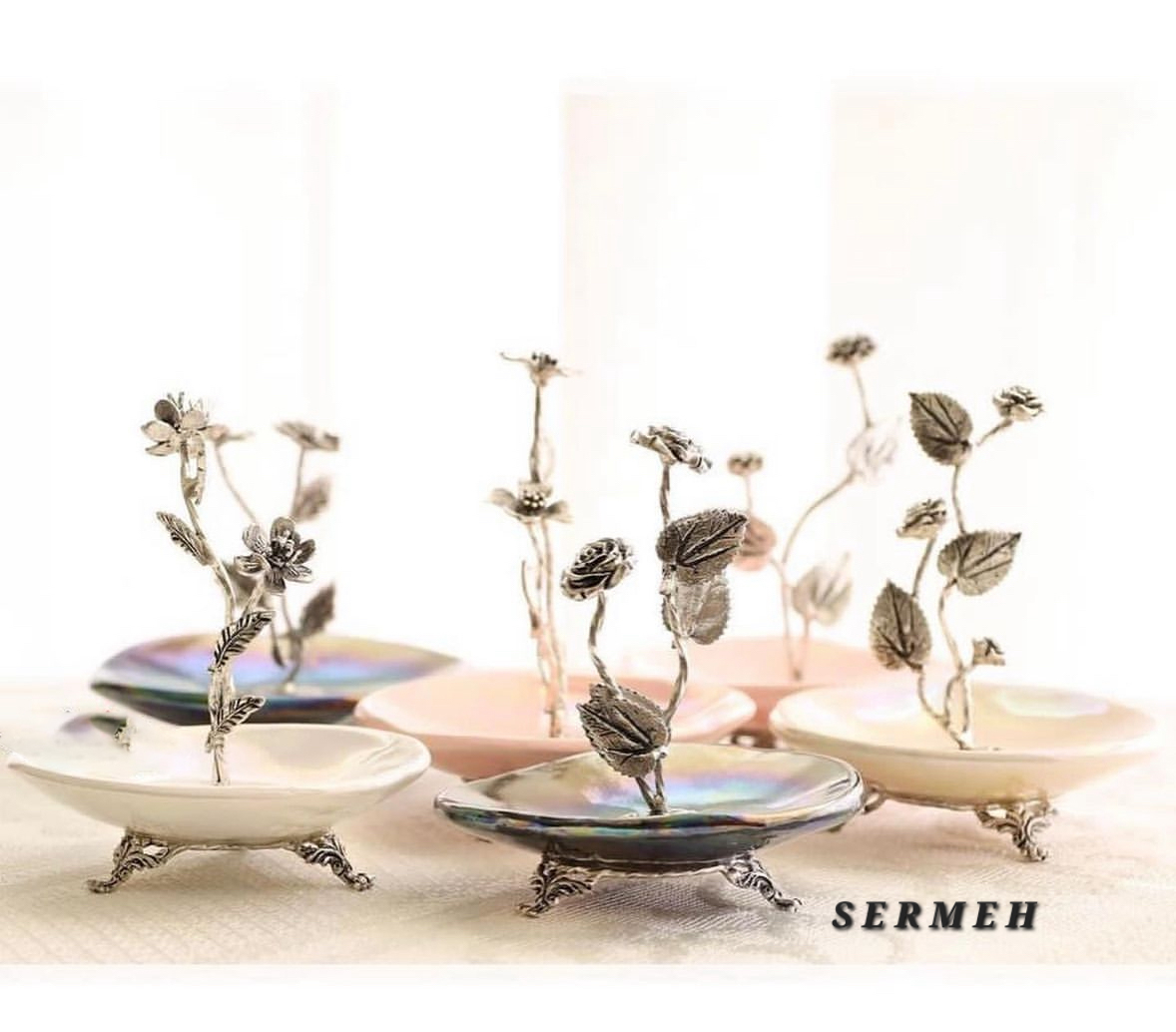
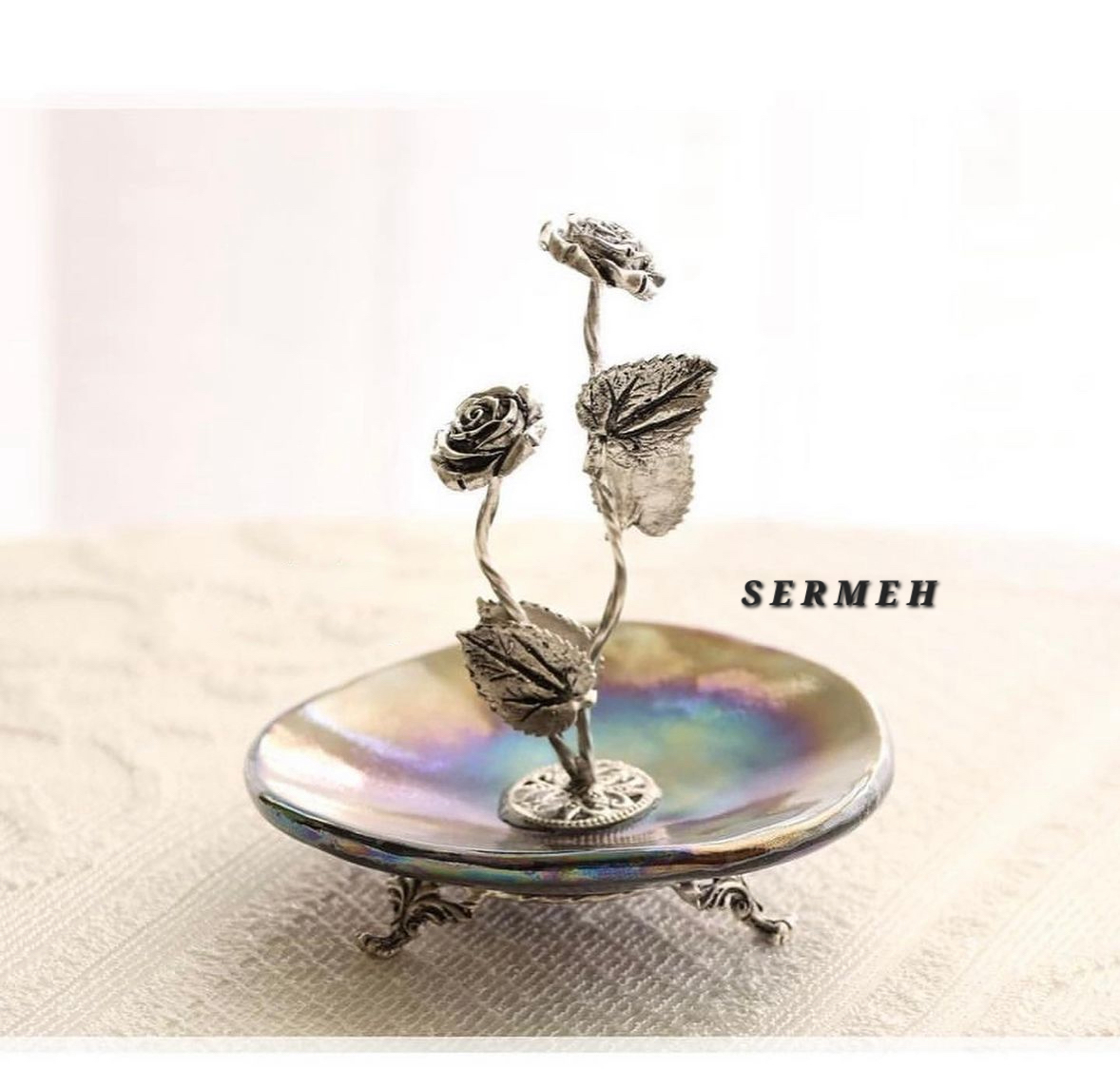

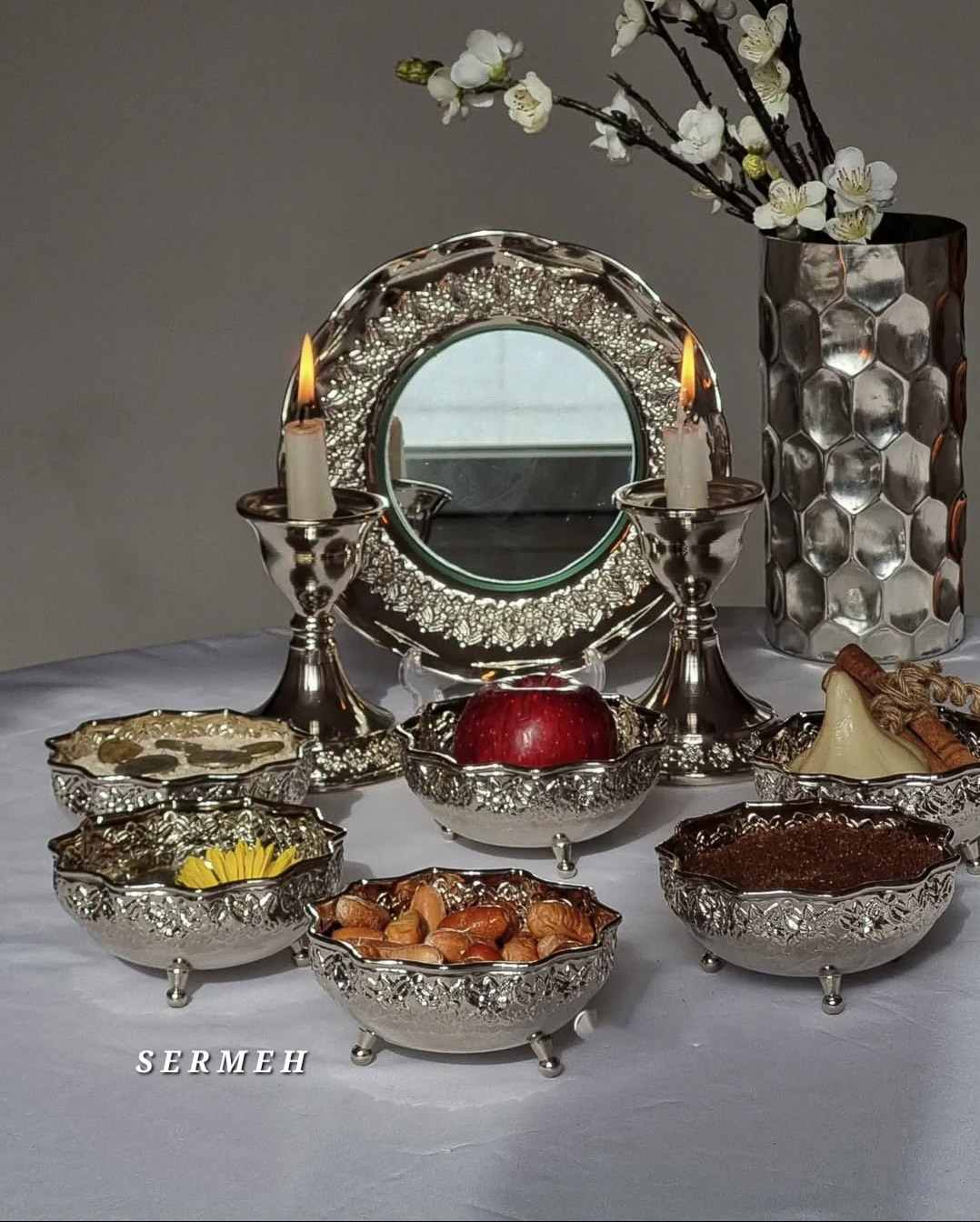
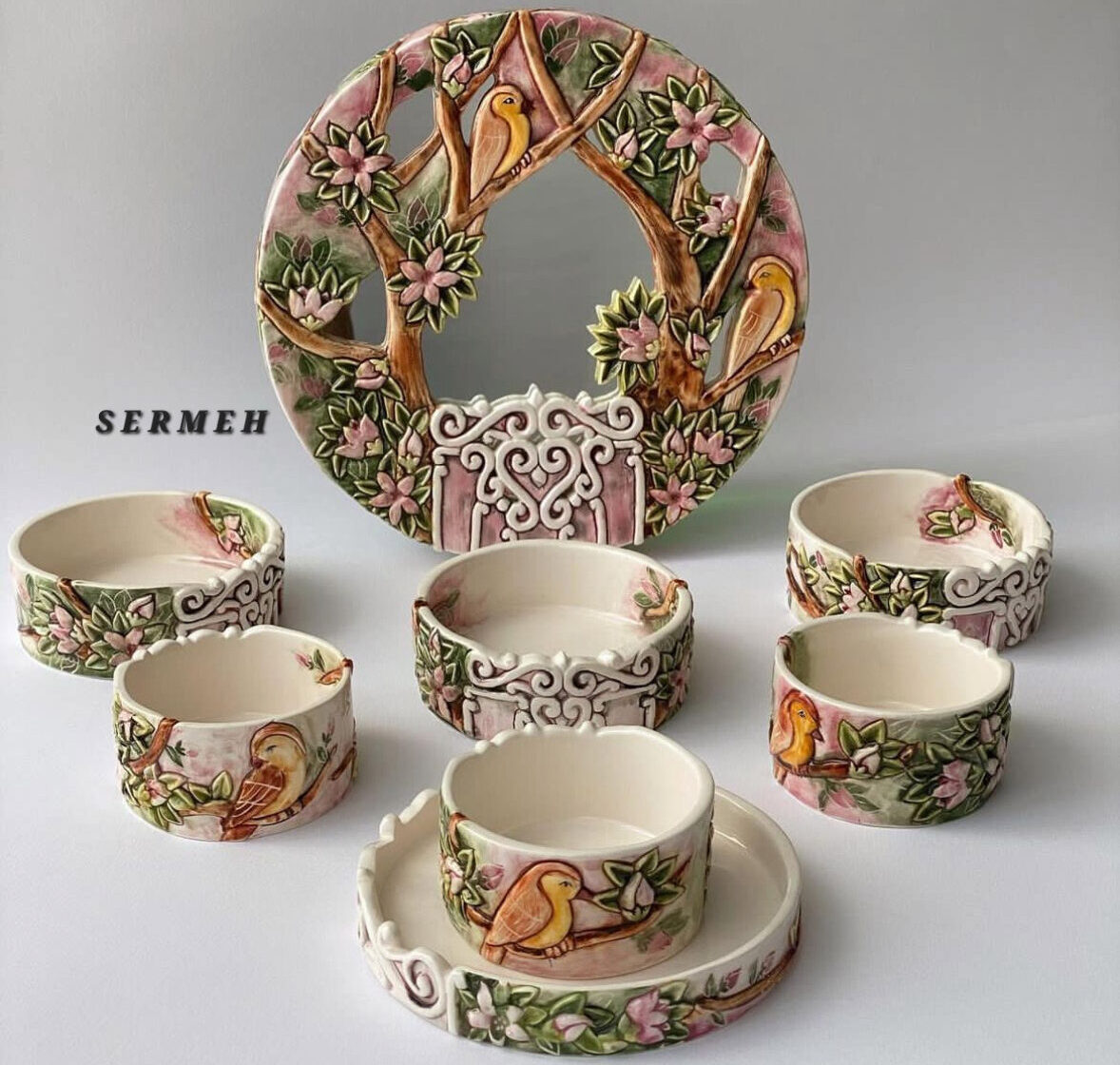
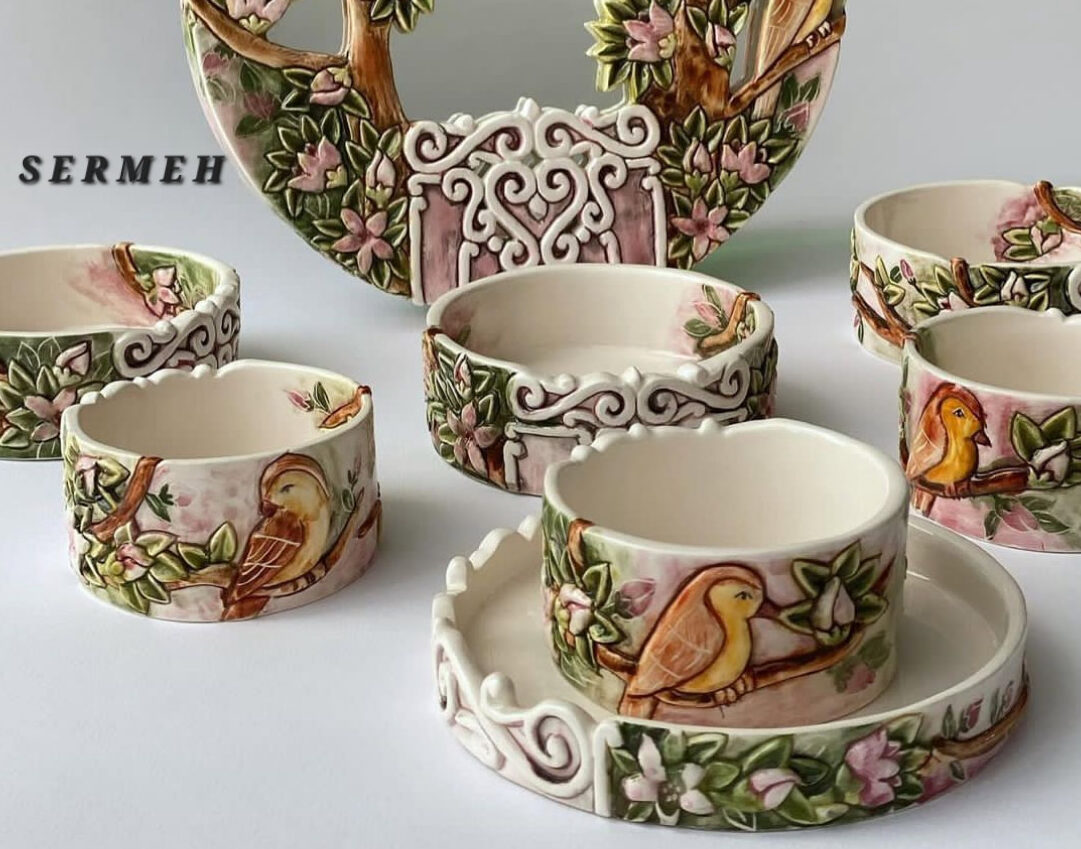
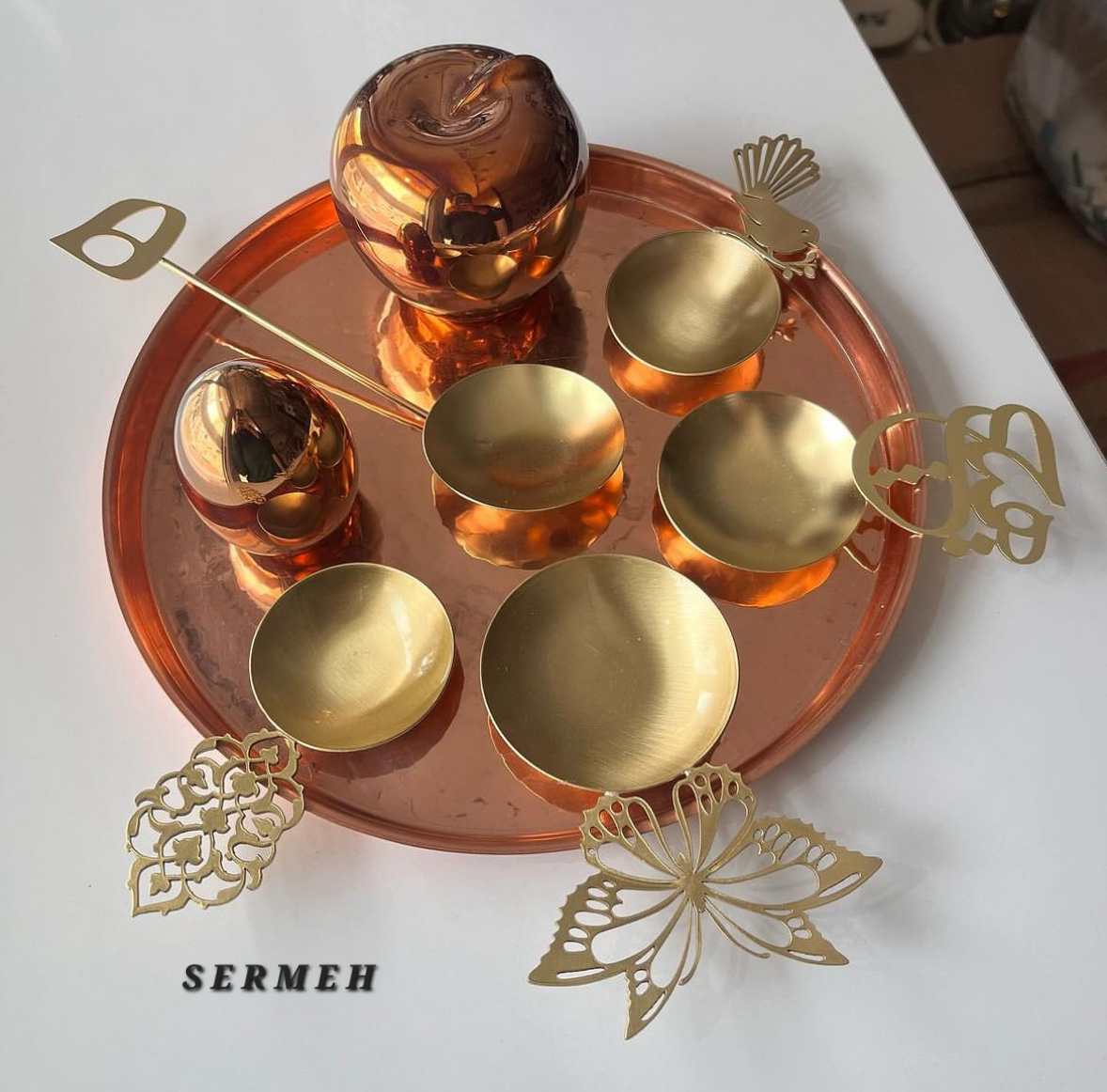
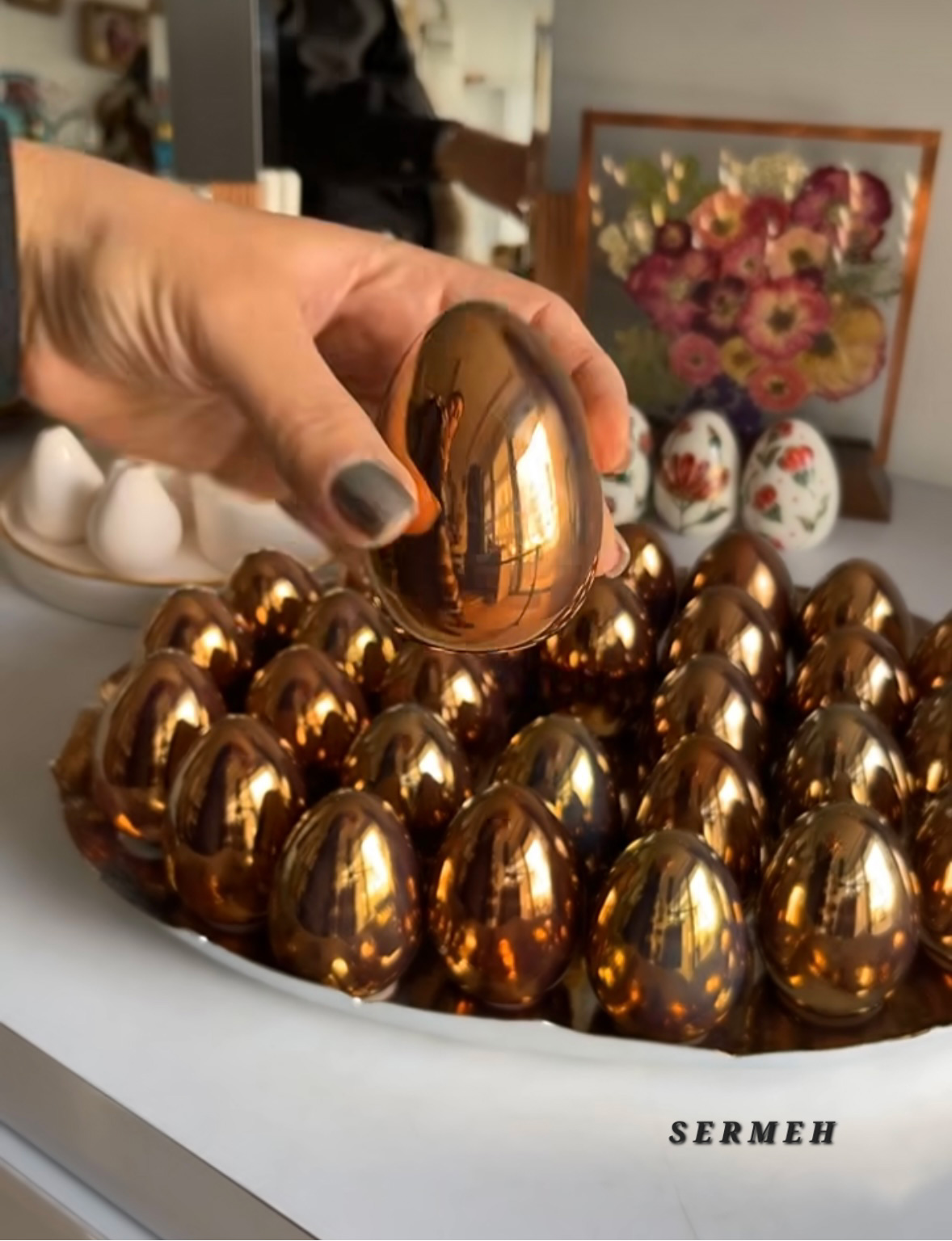
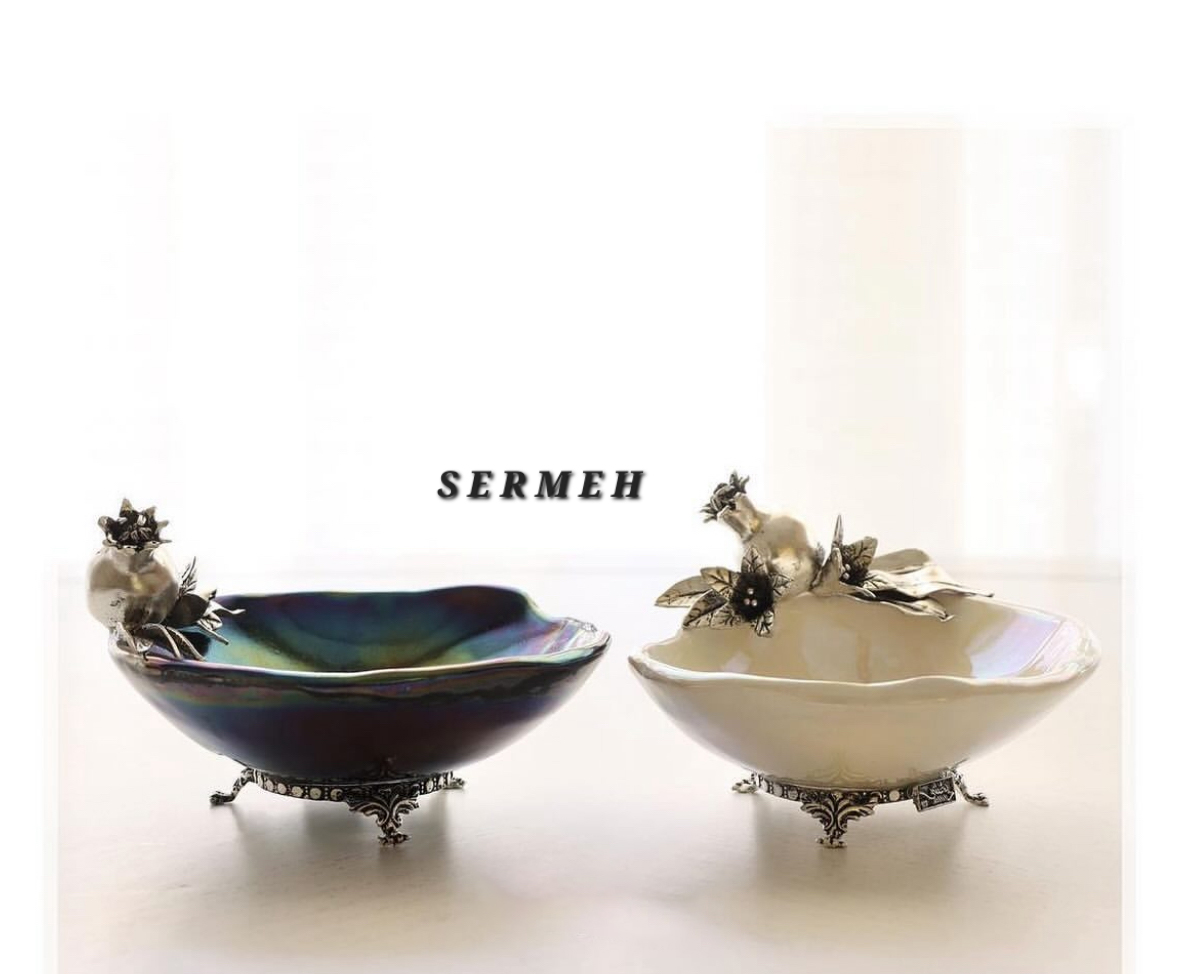
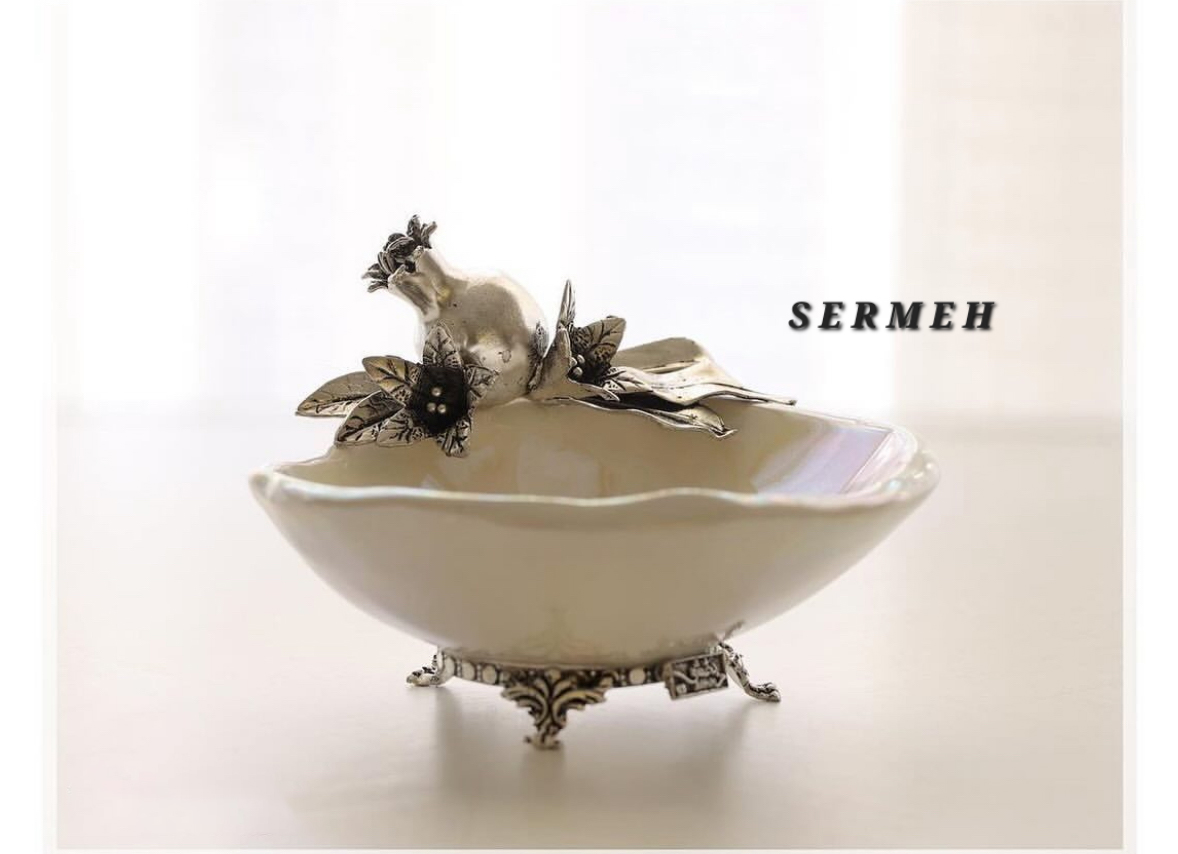
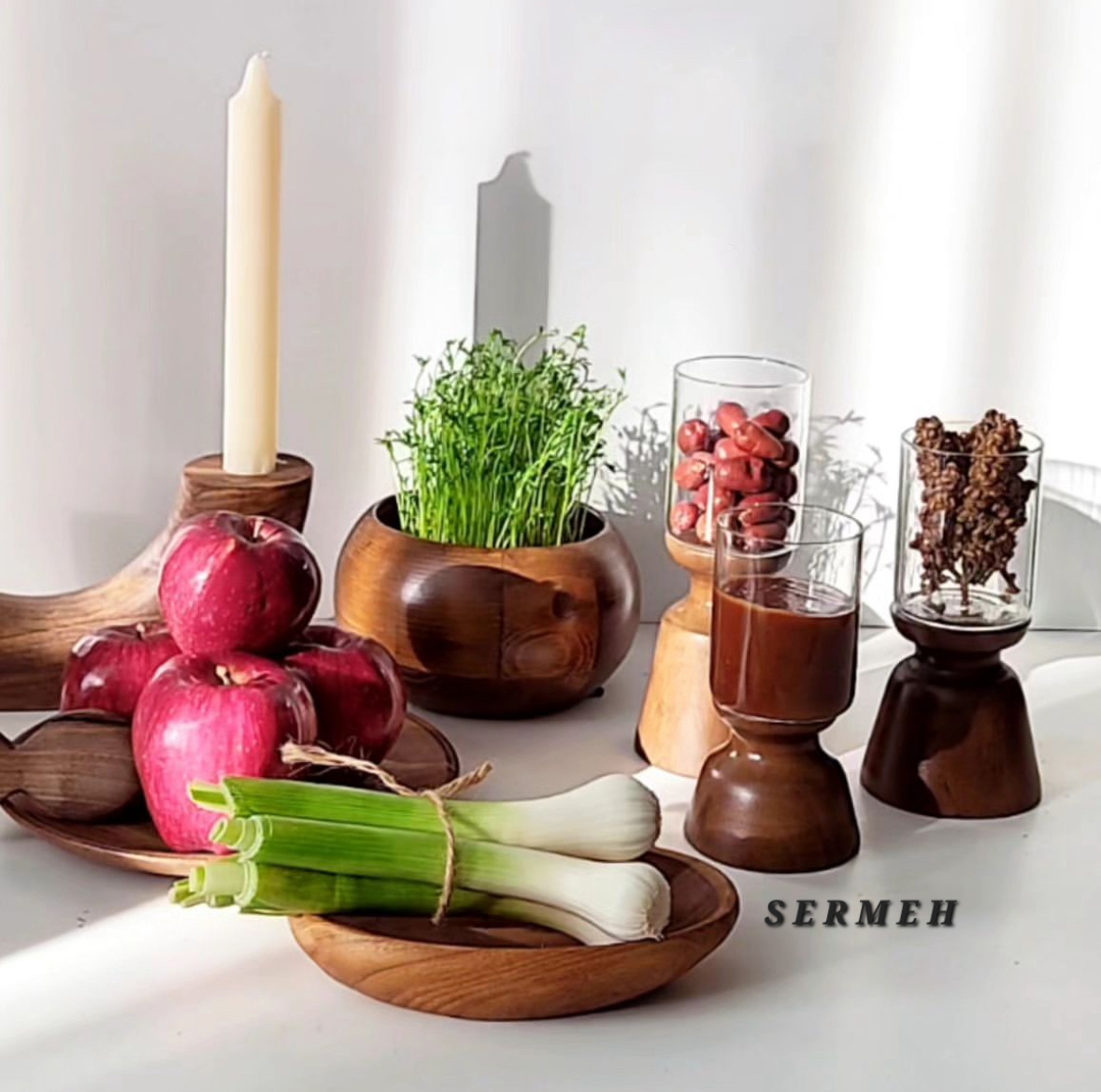
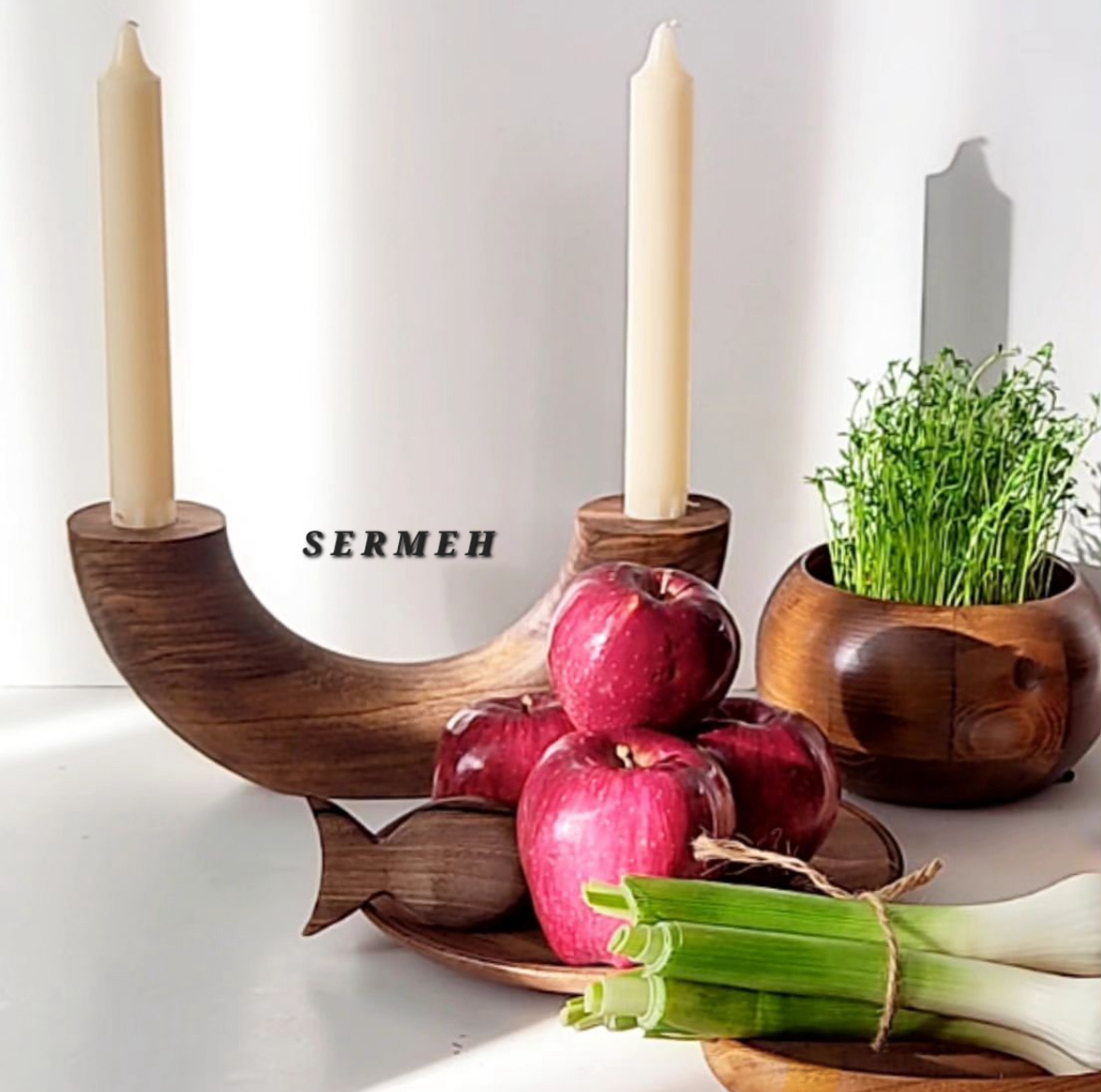
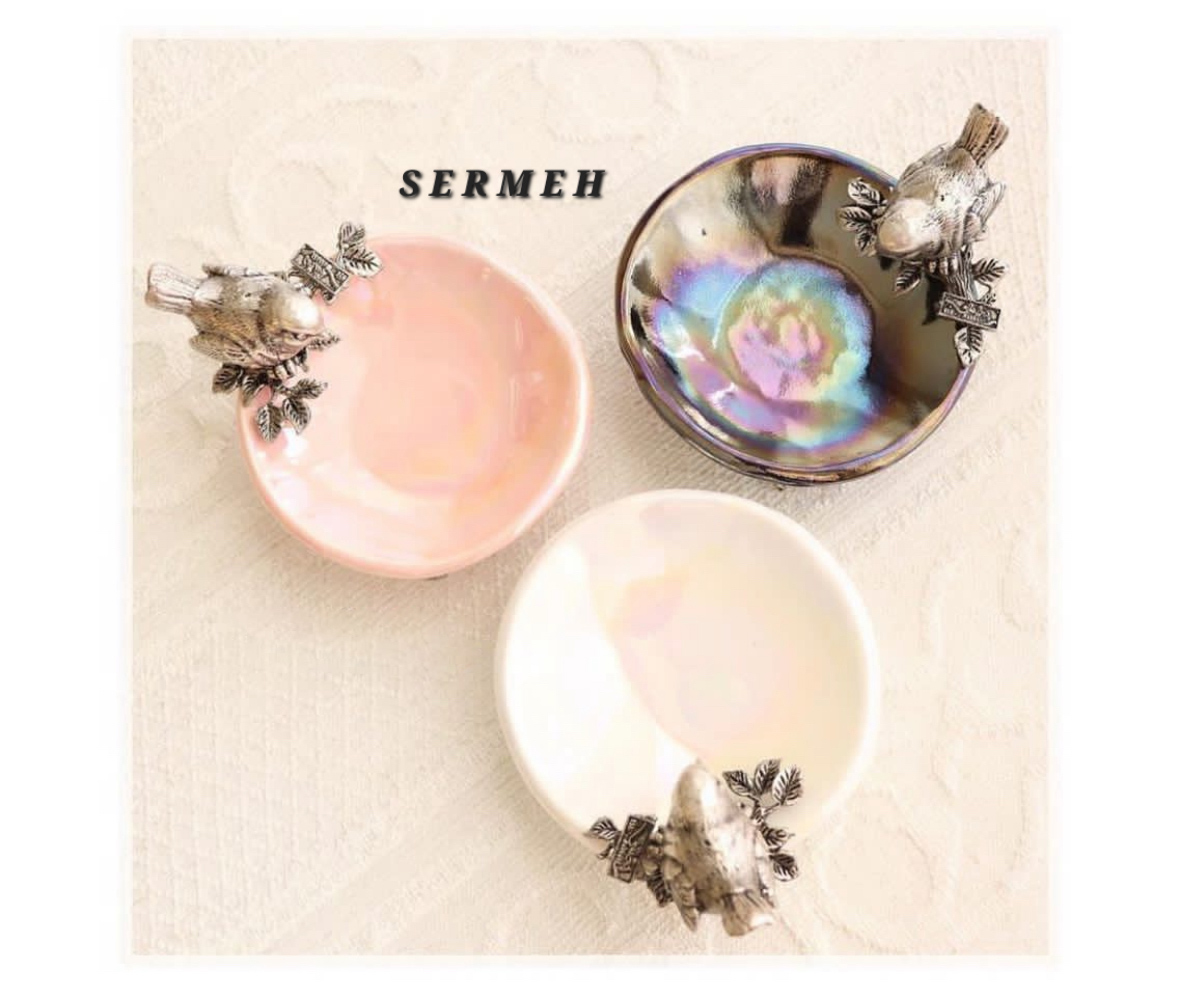
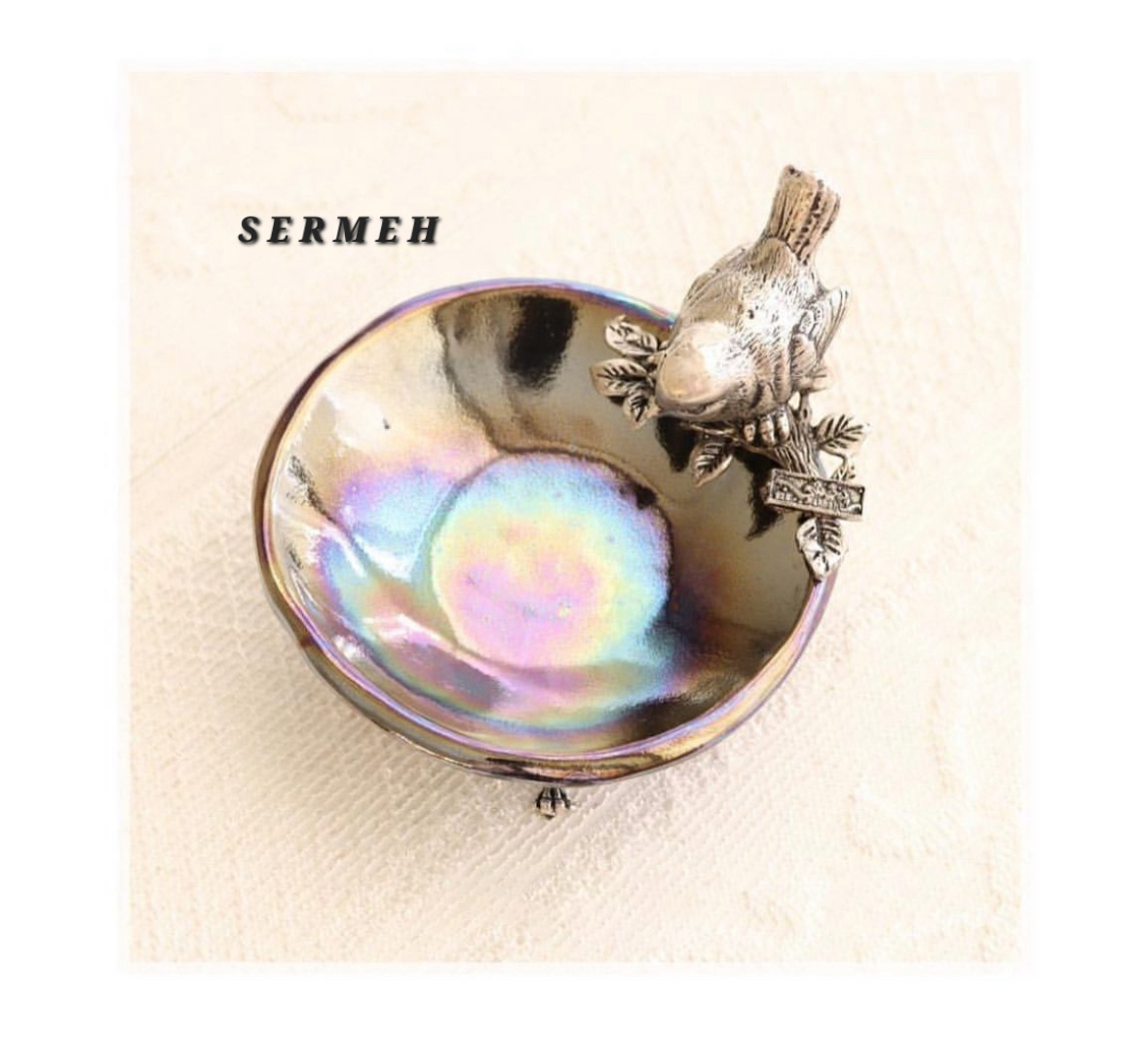
Reviews
There are no reviews yet.